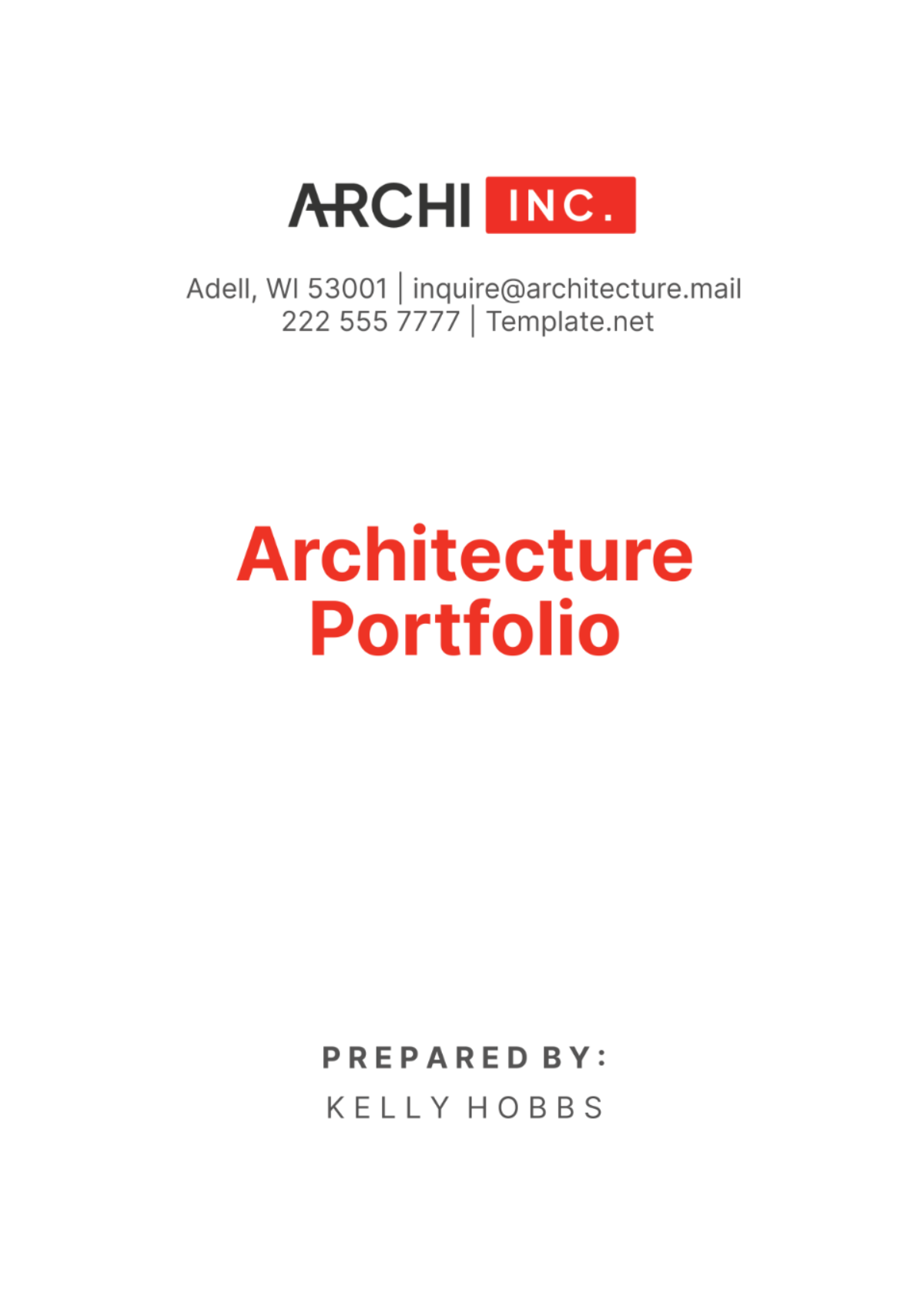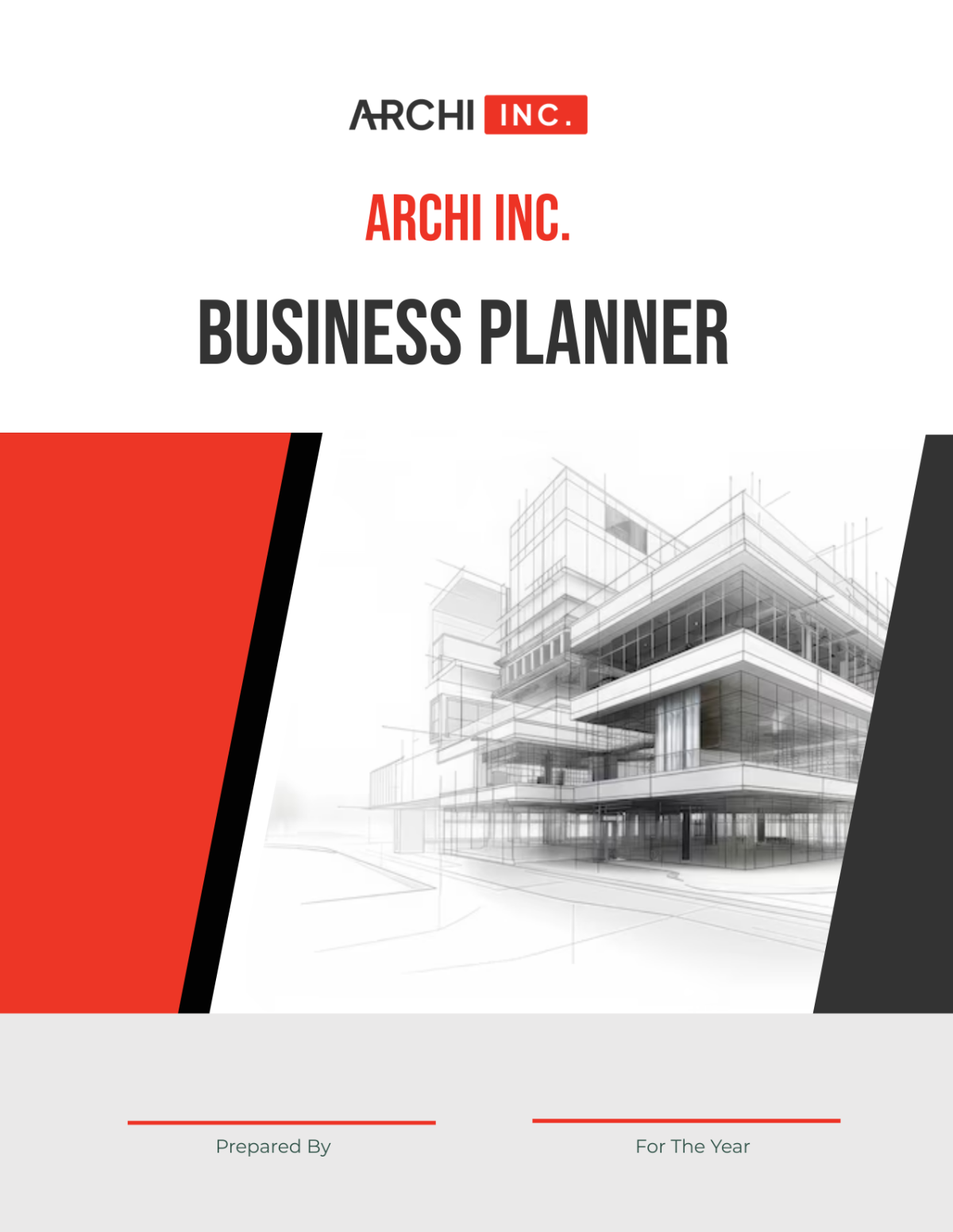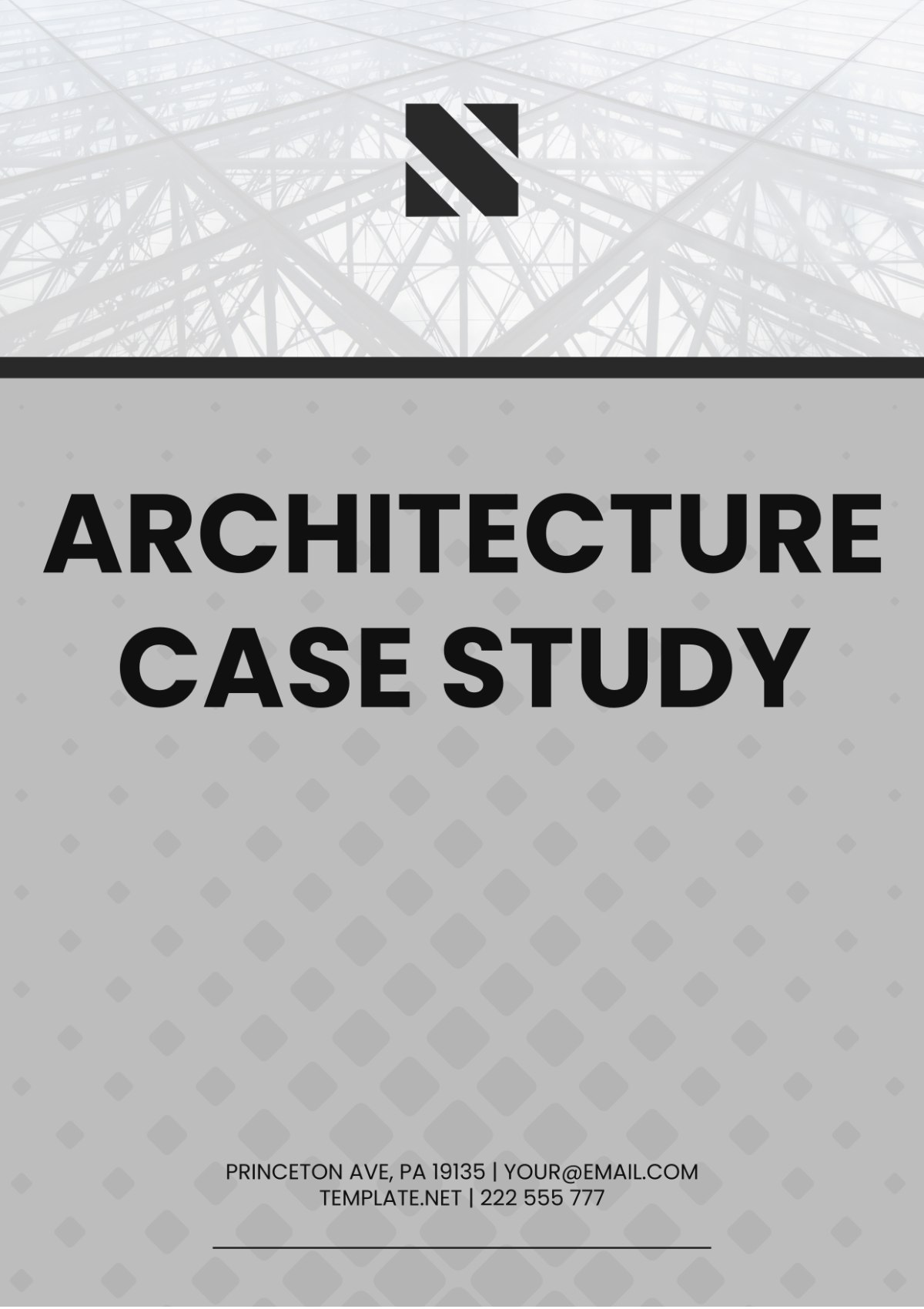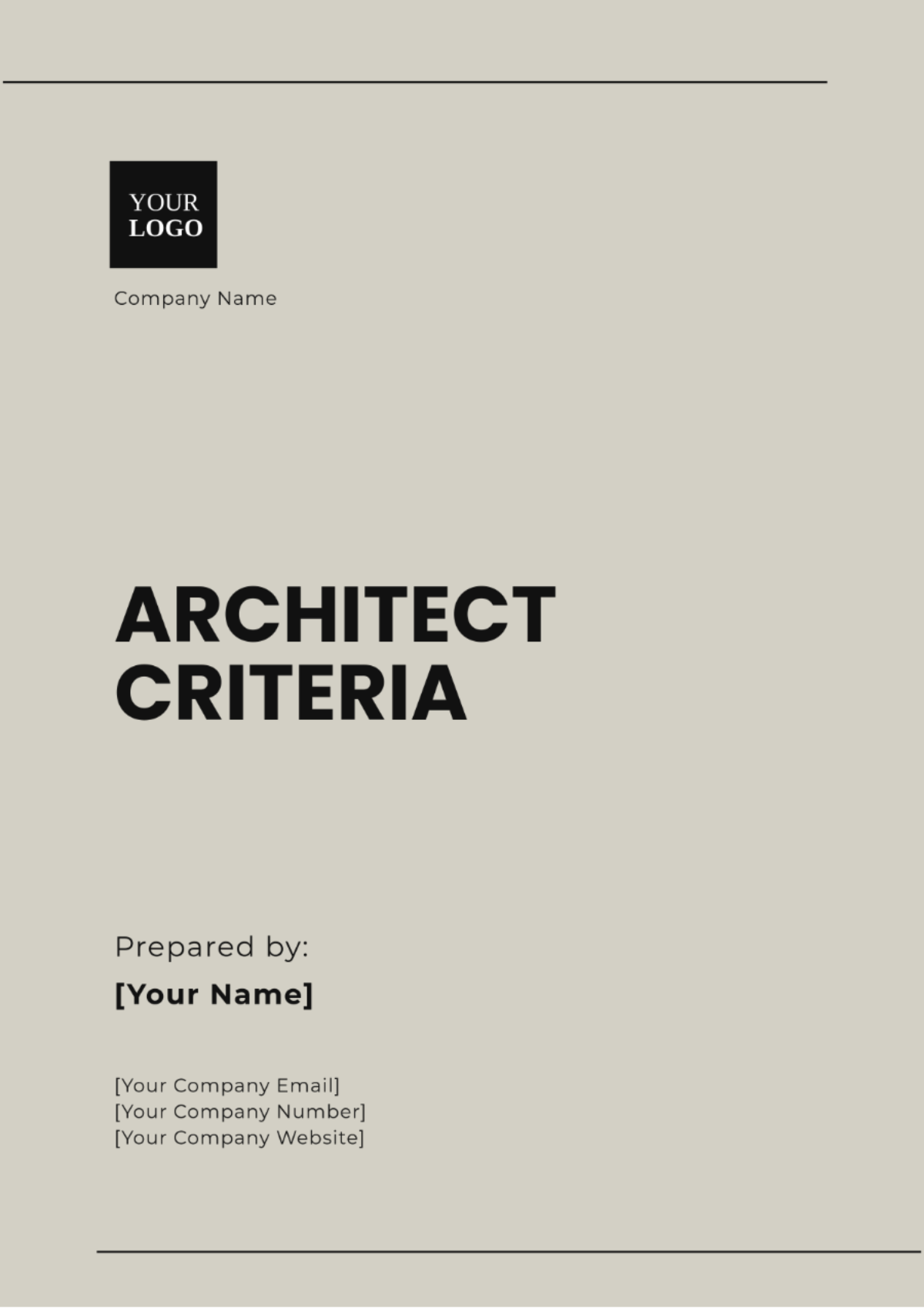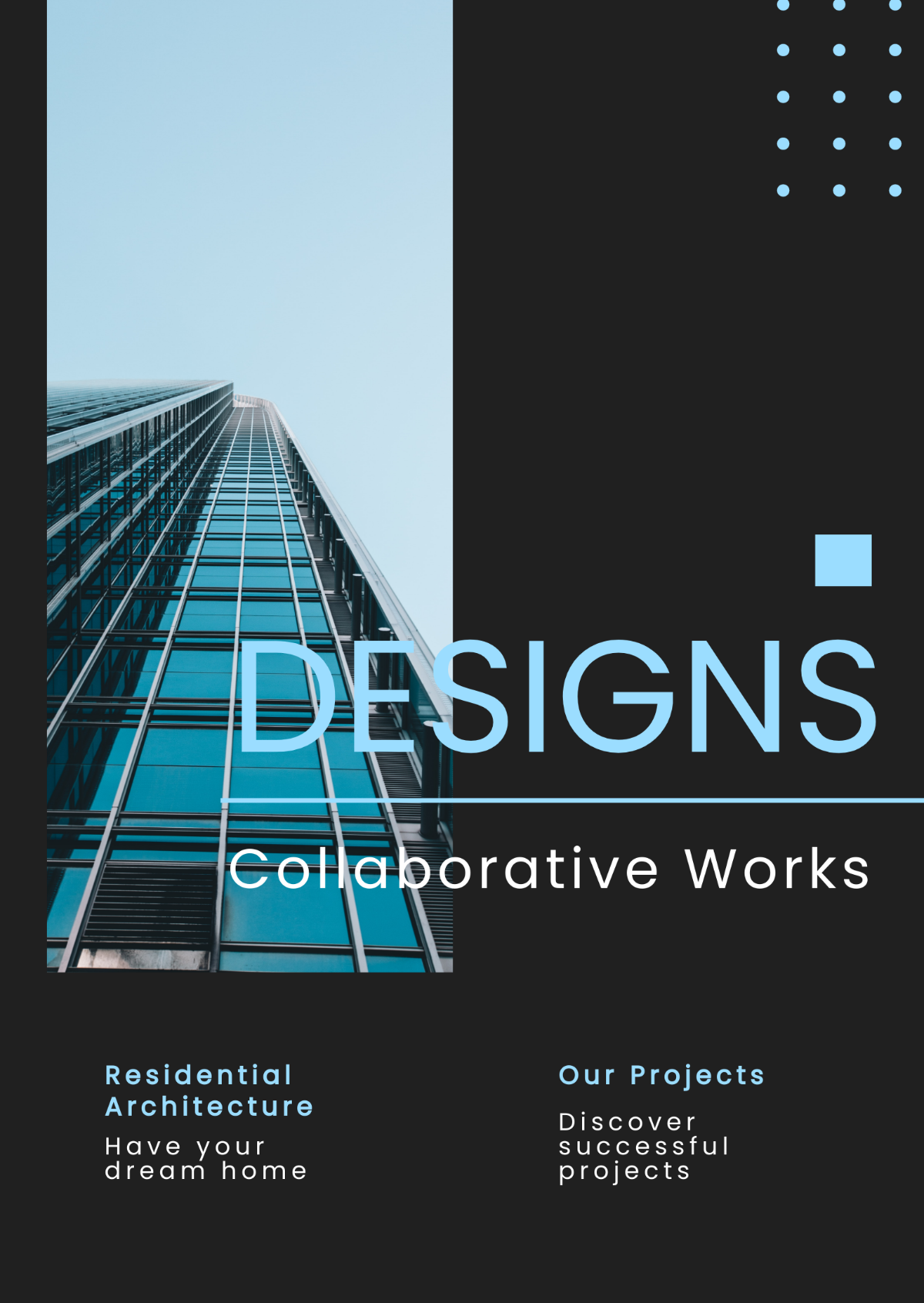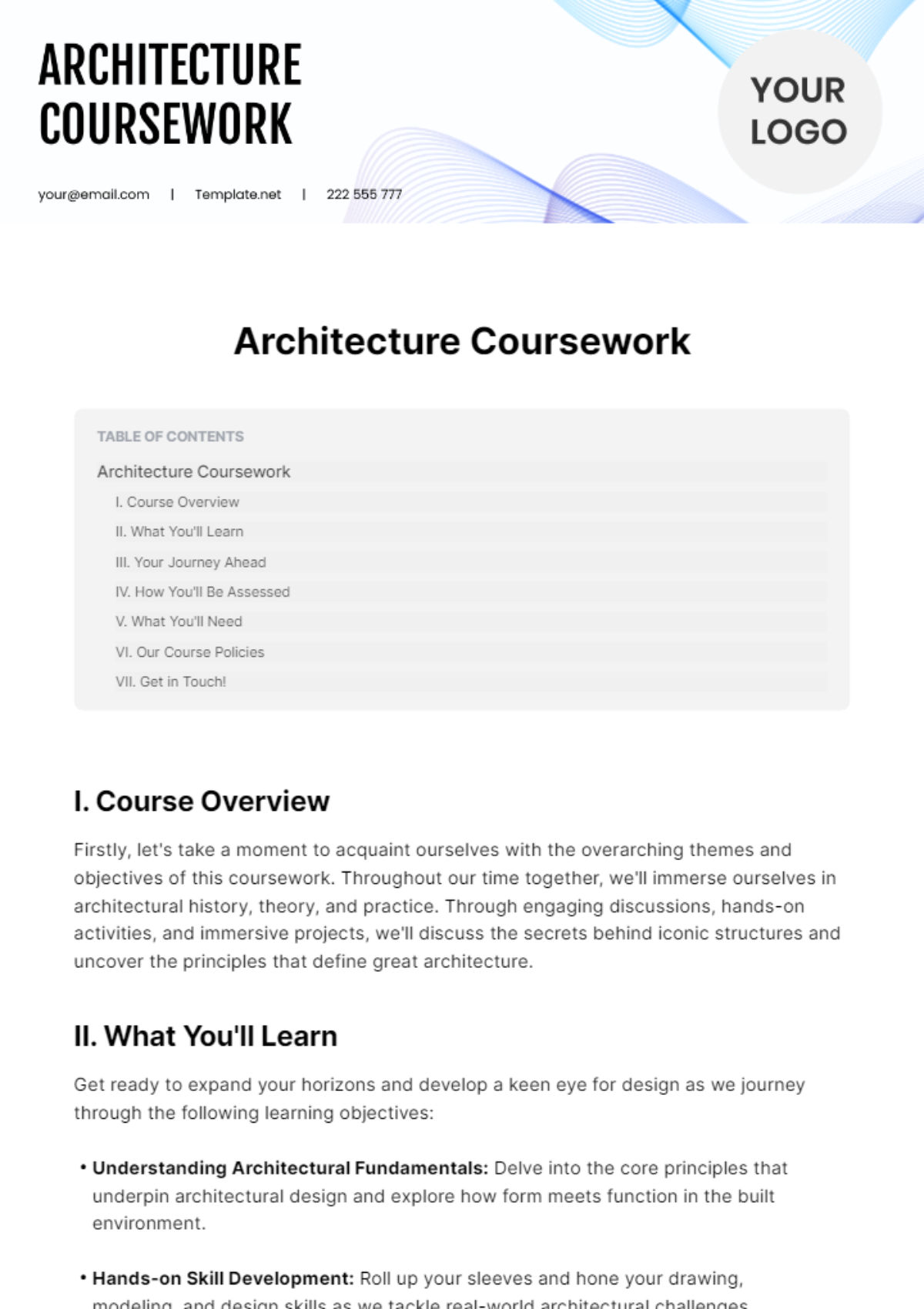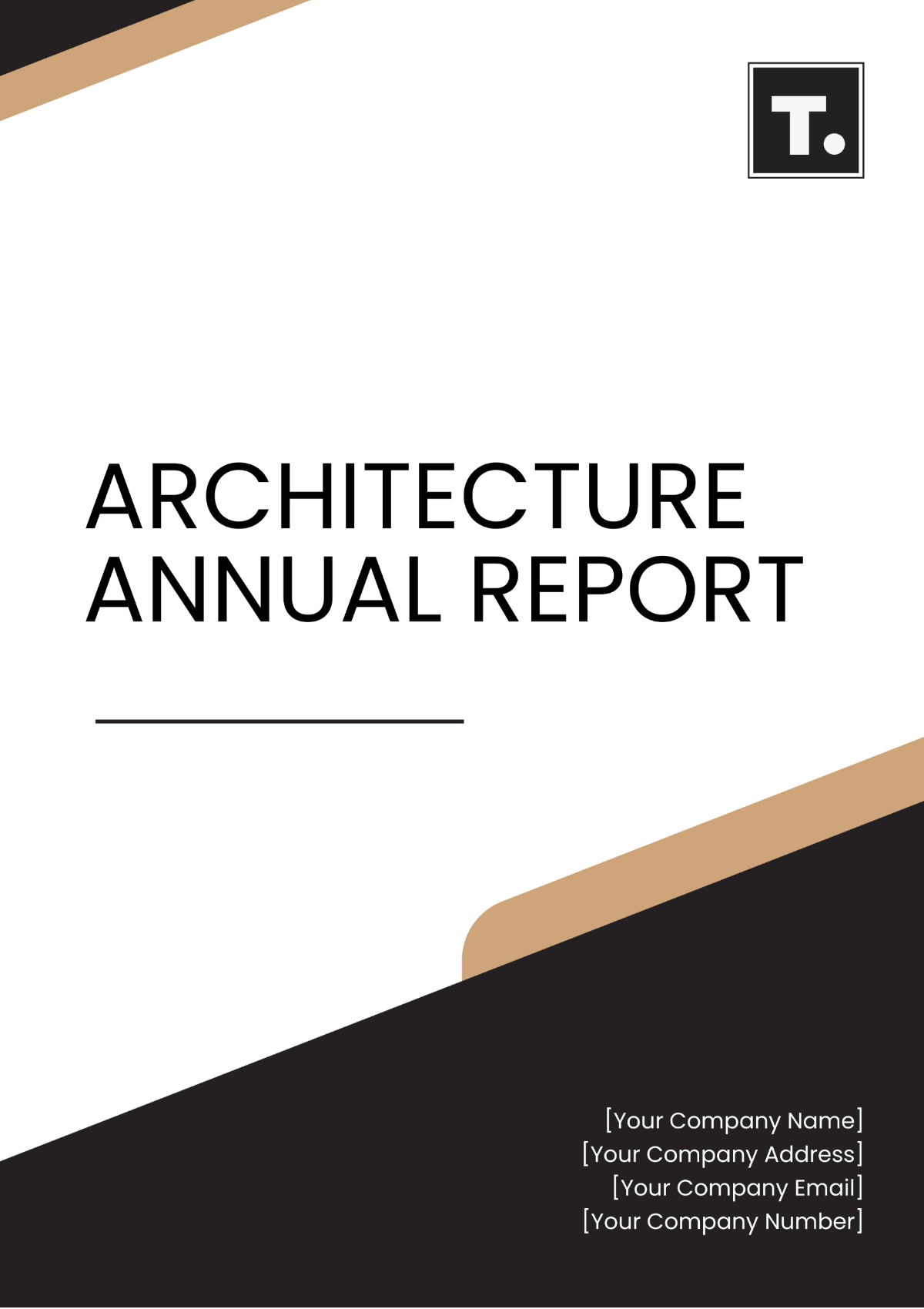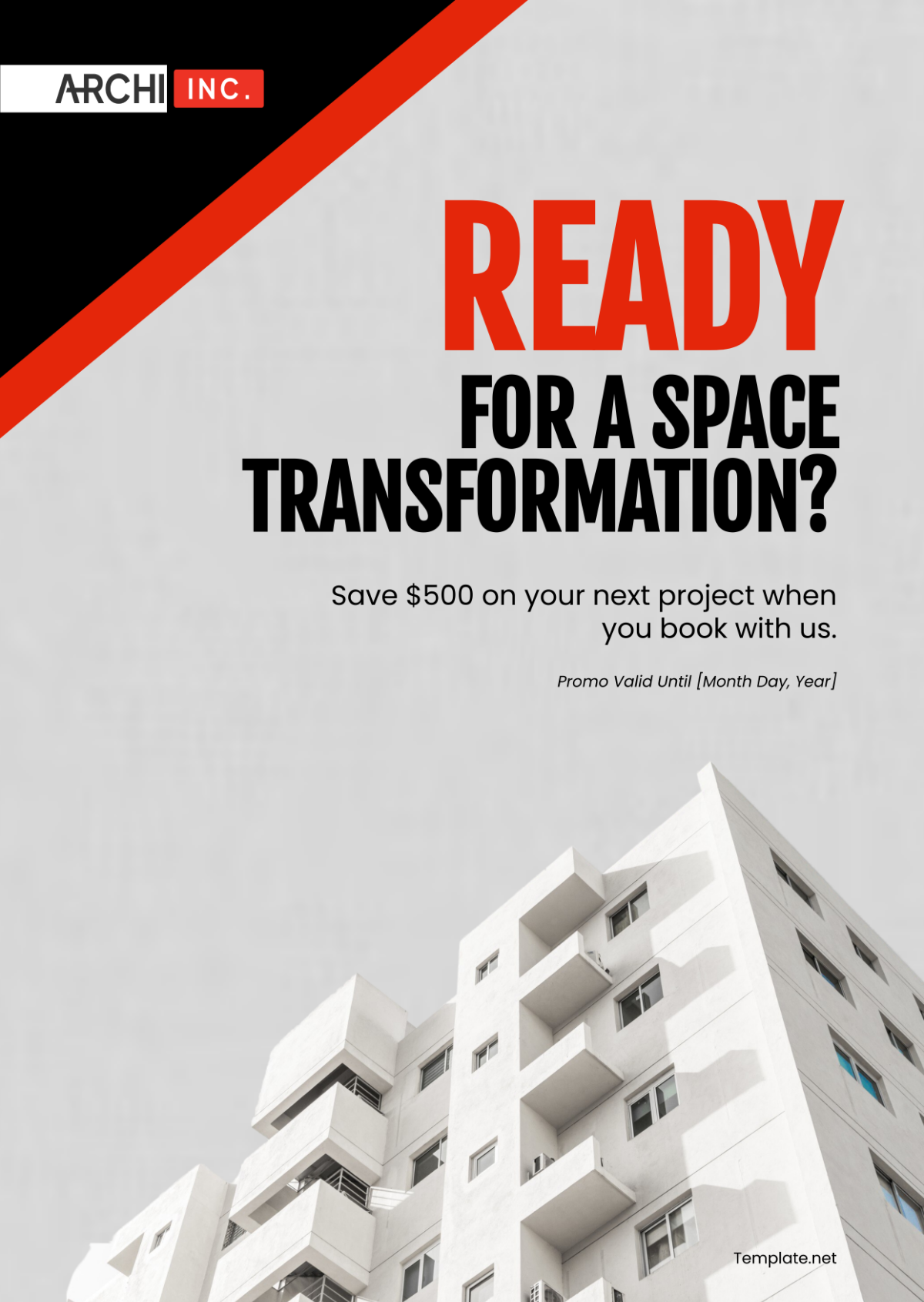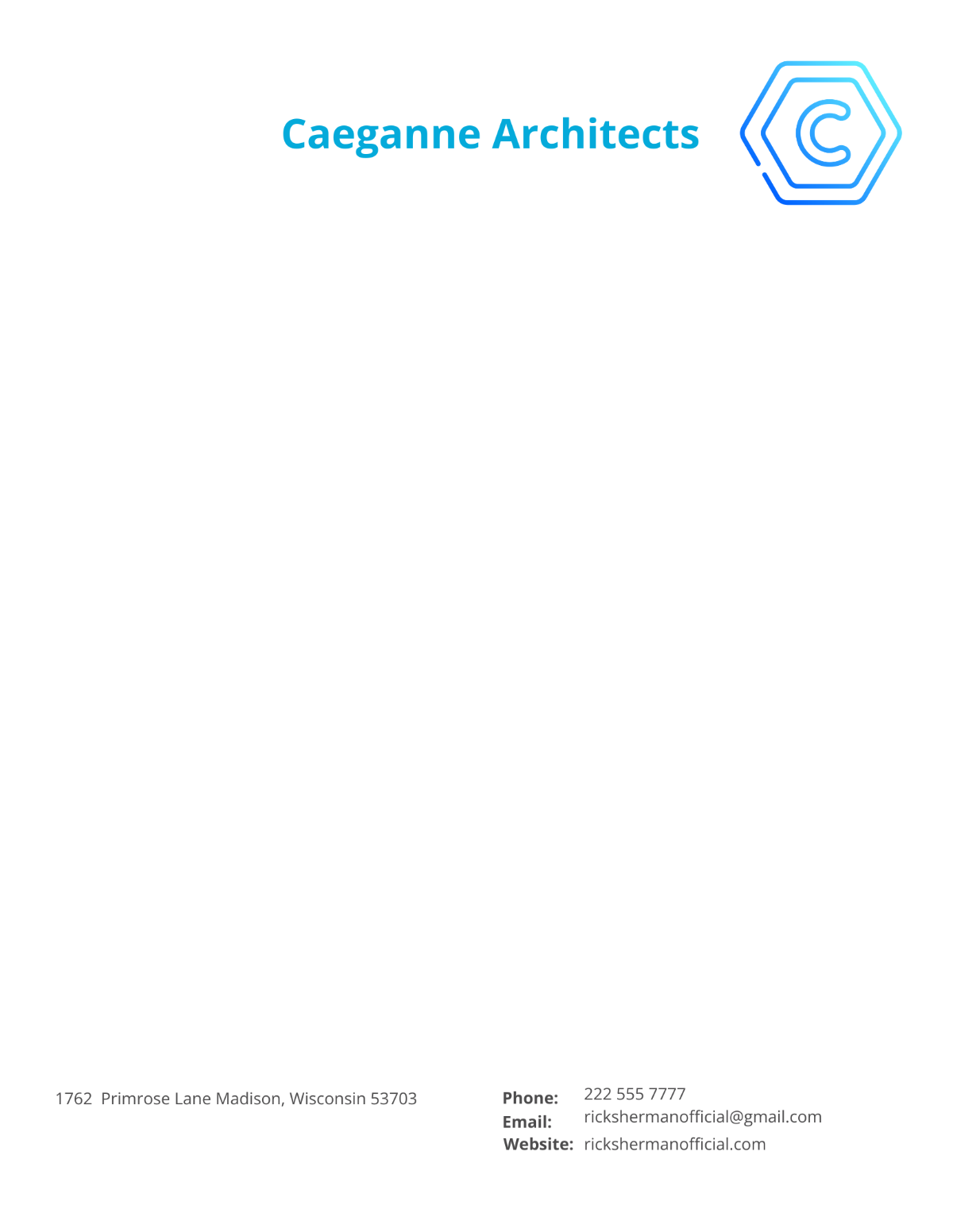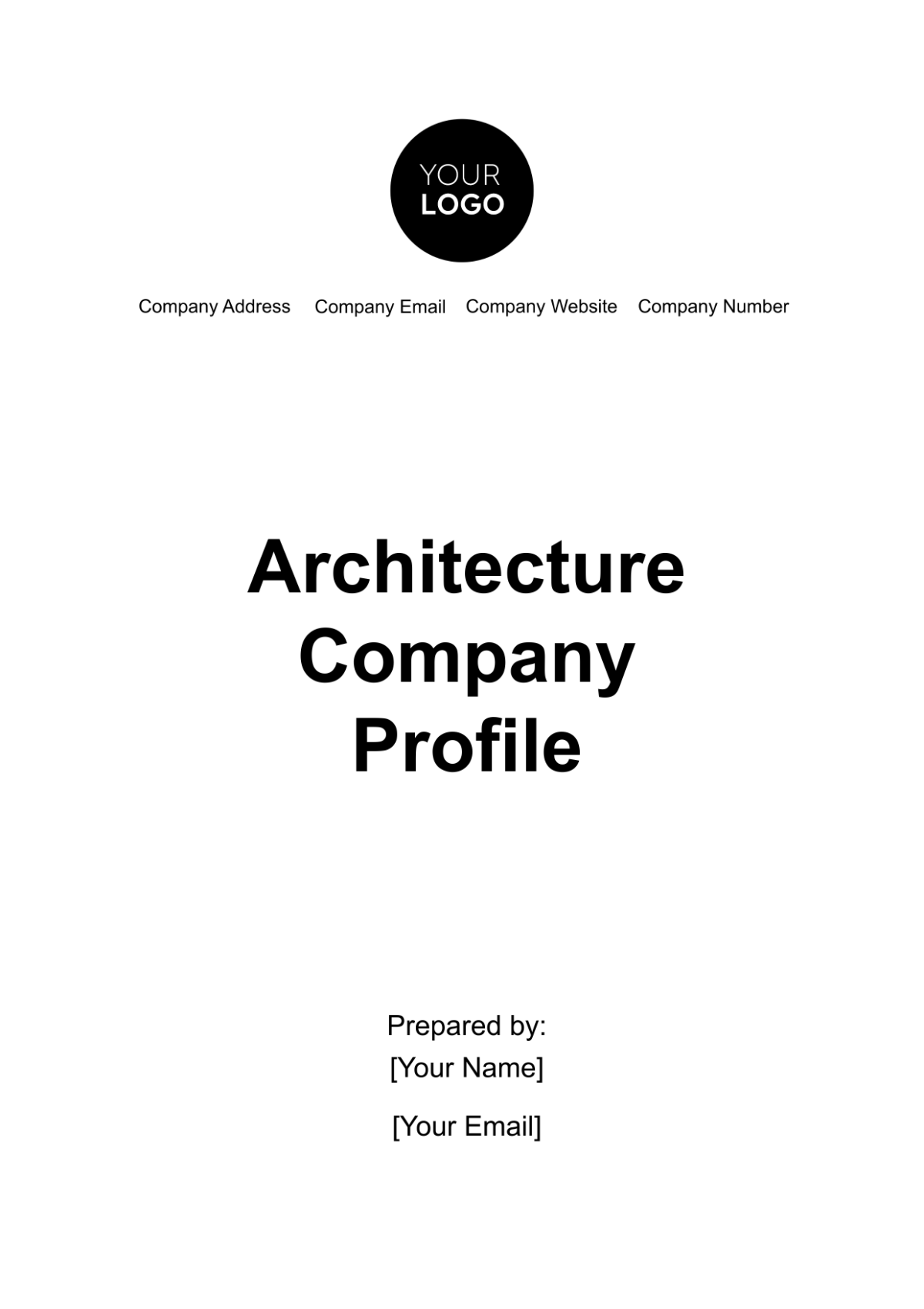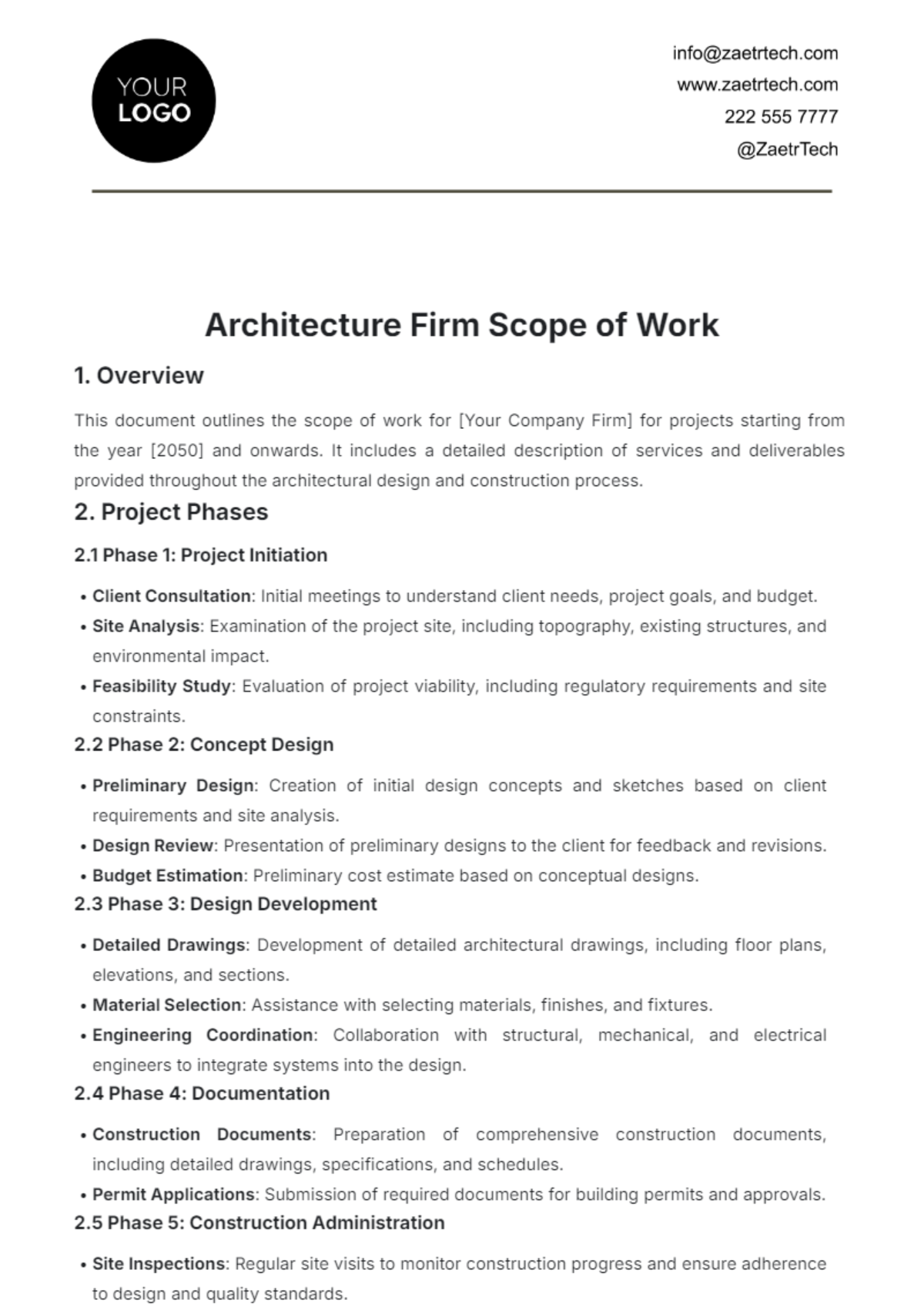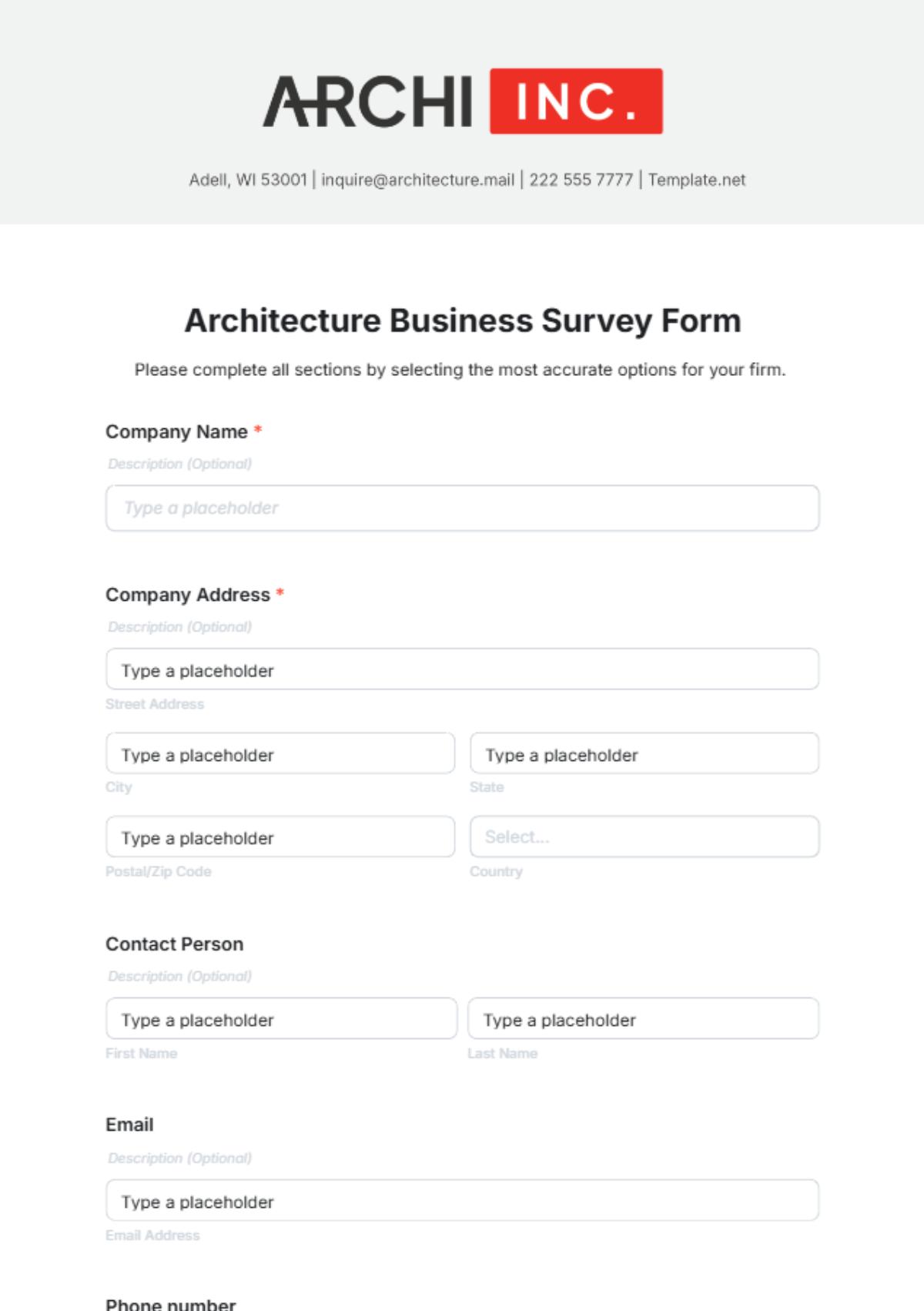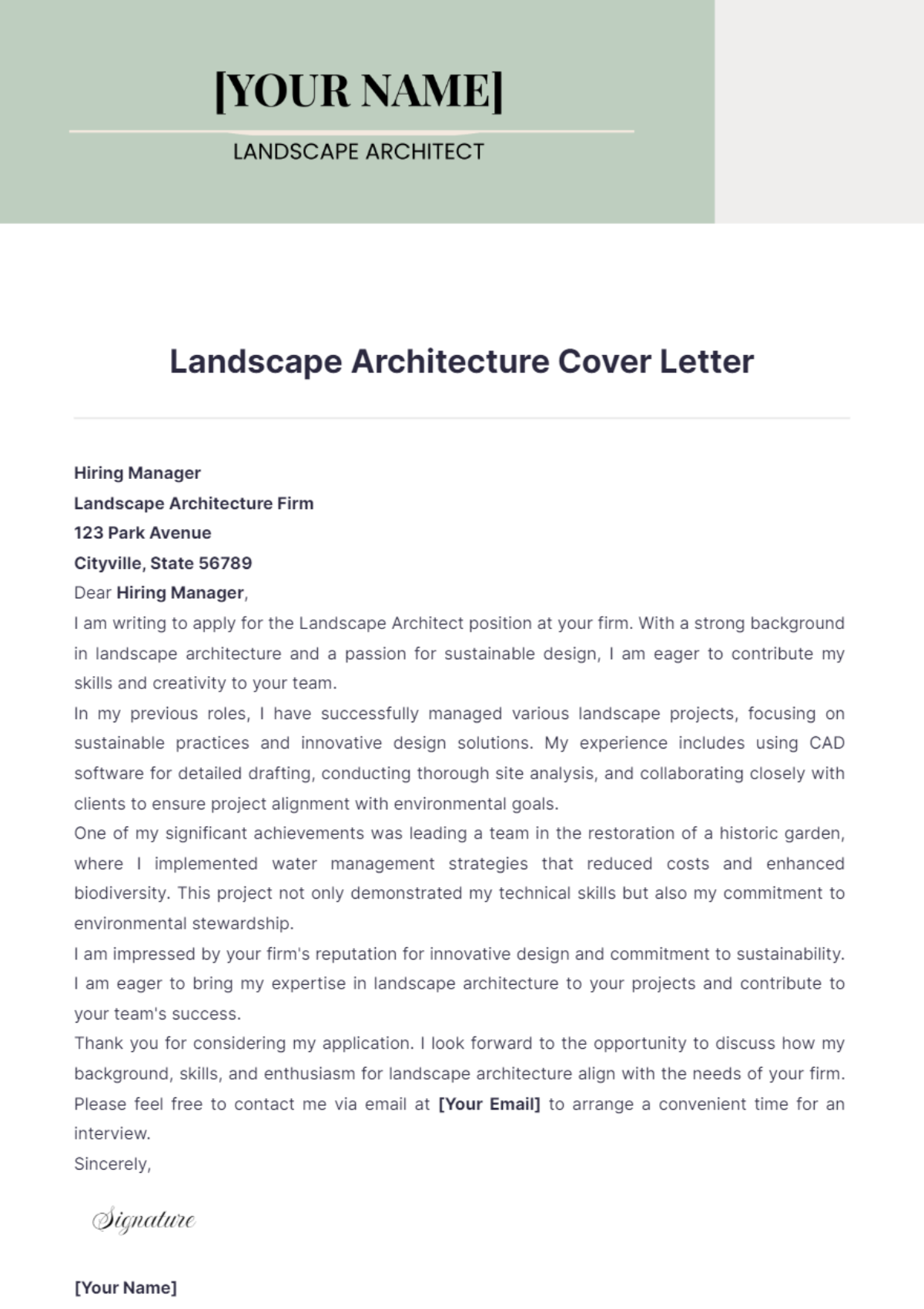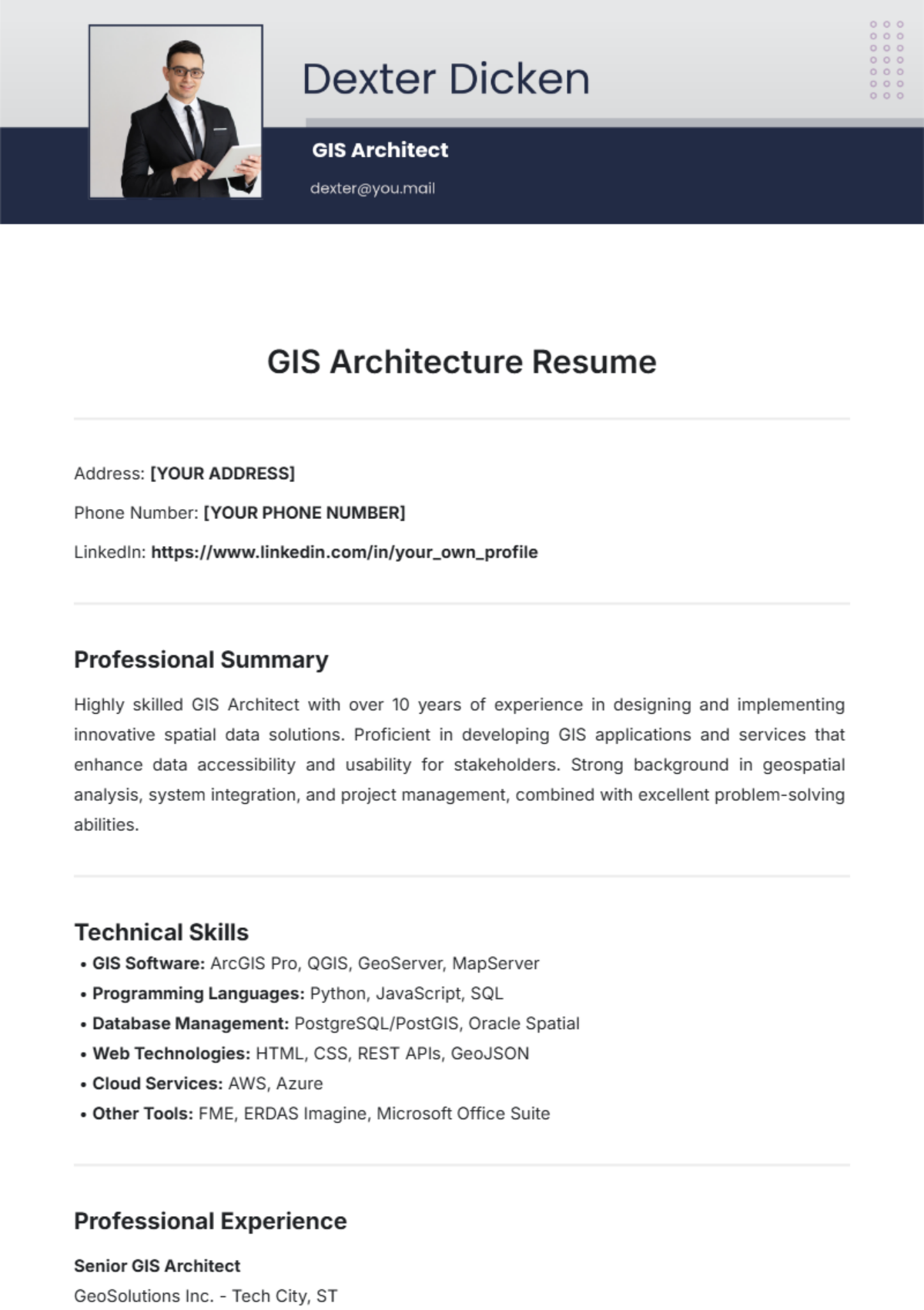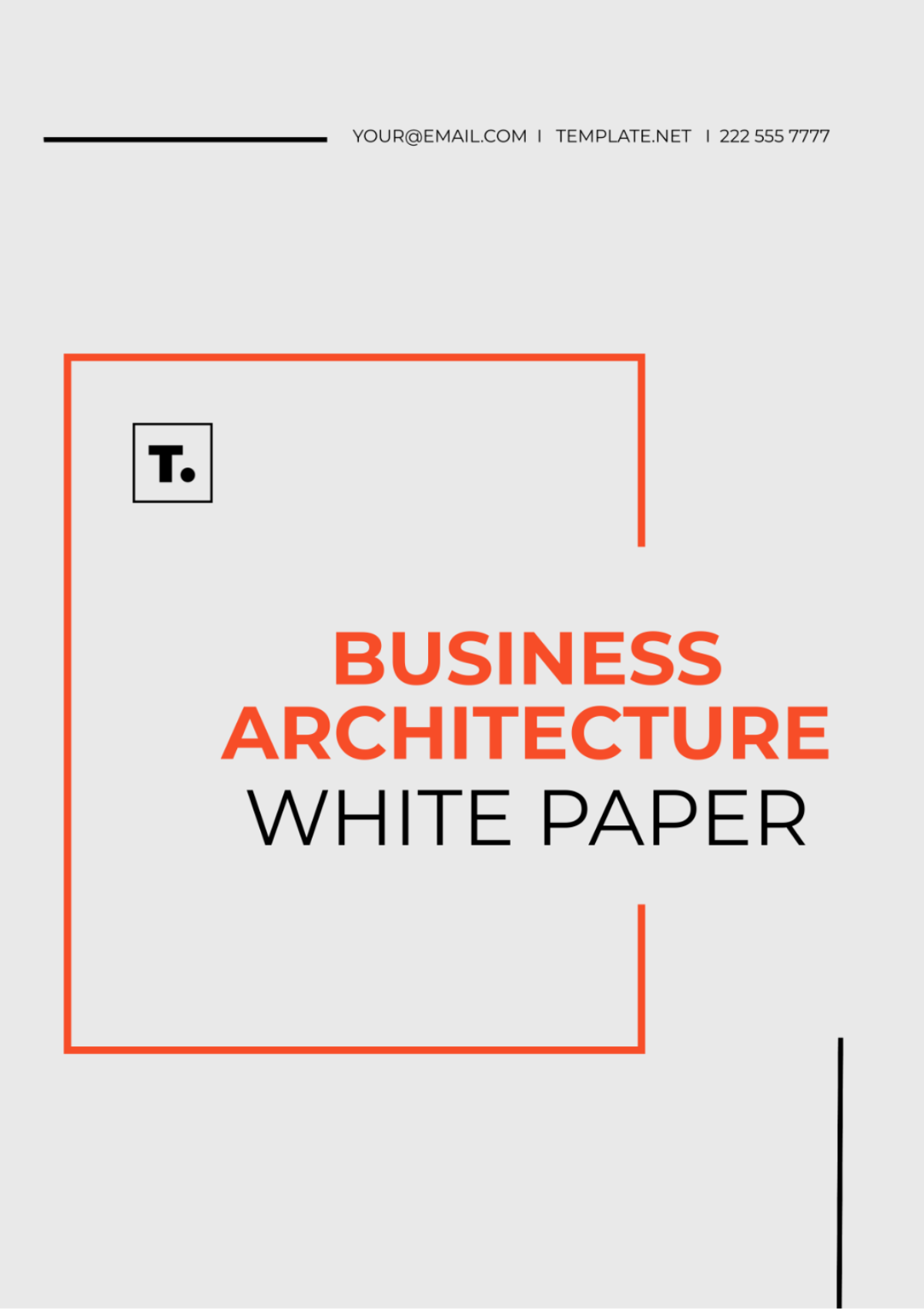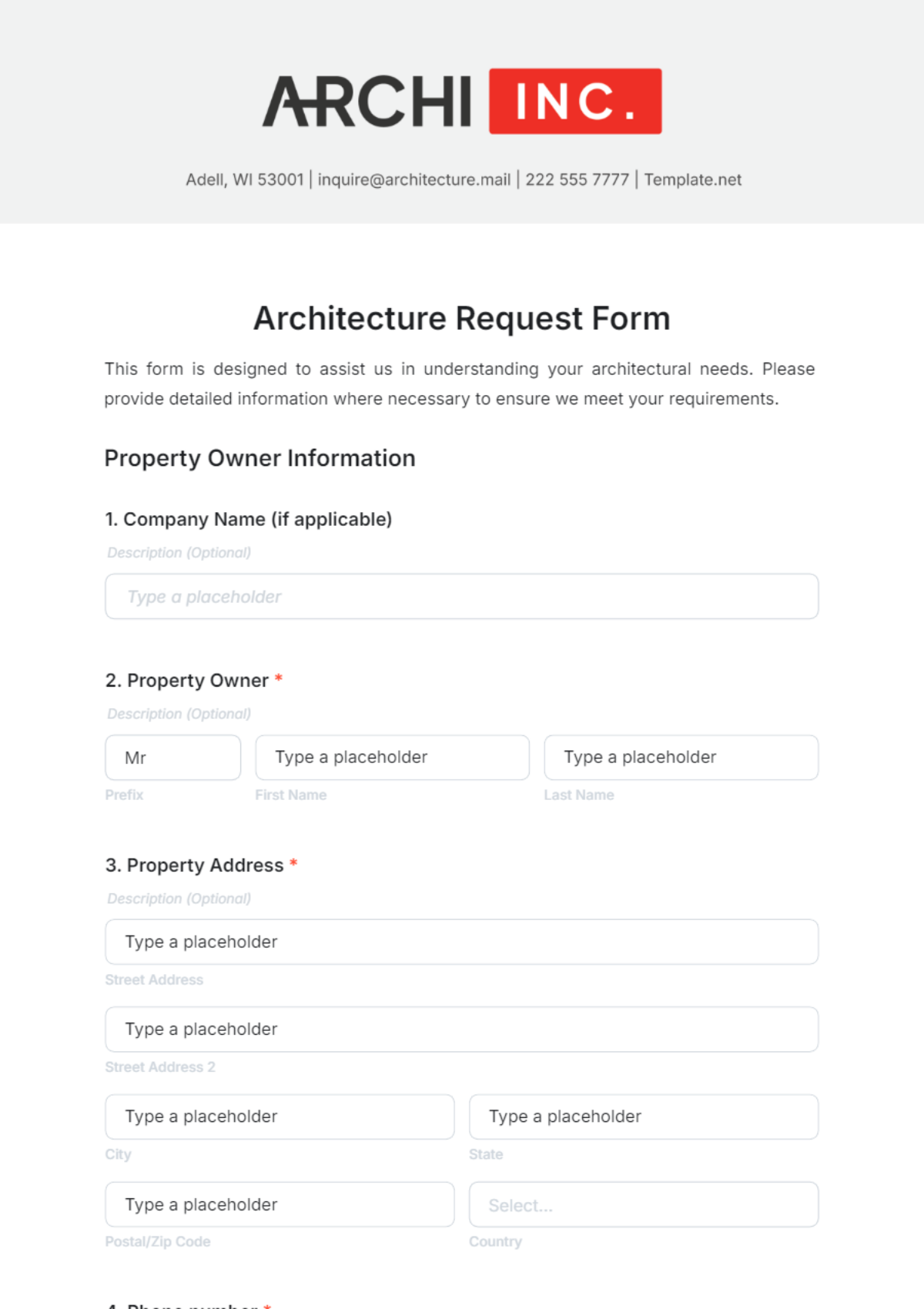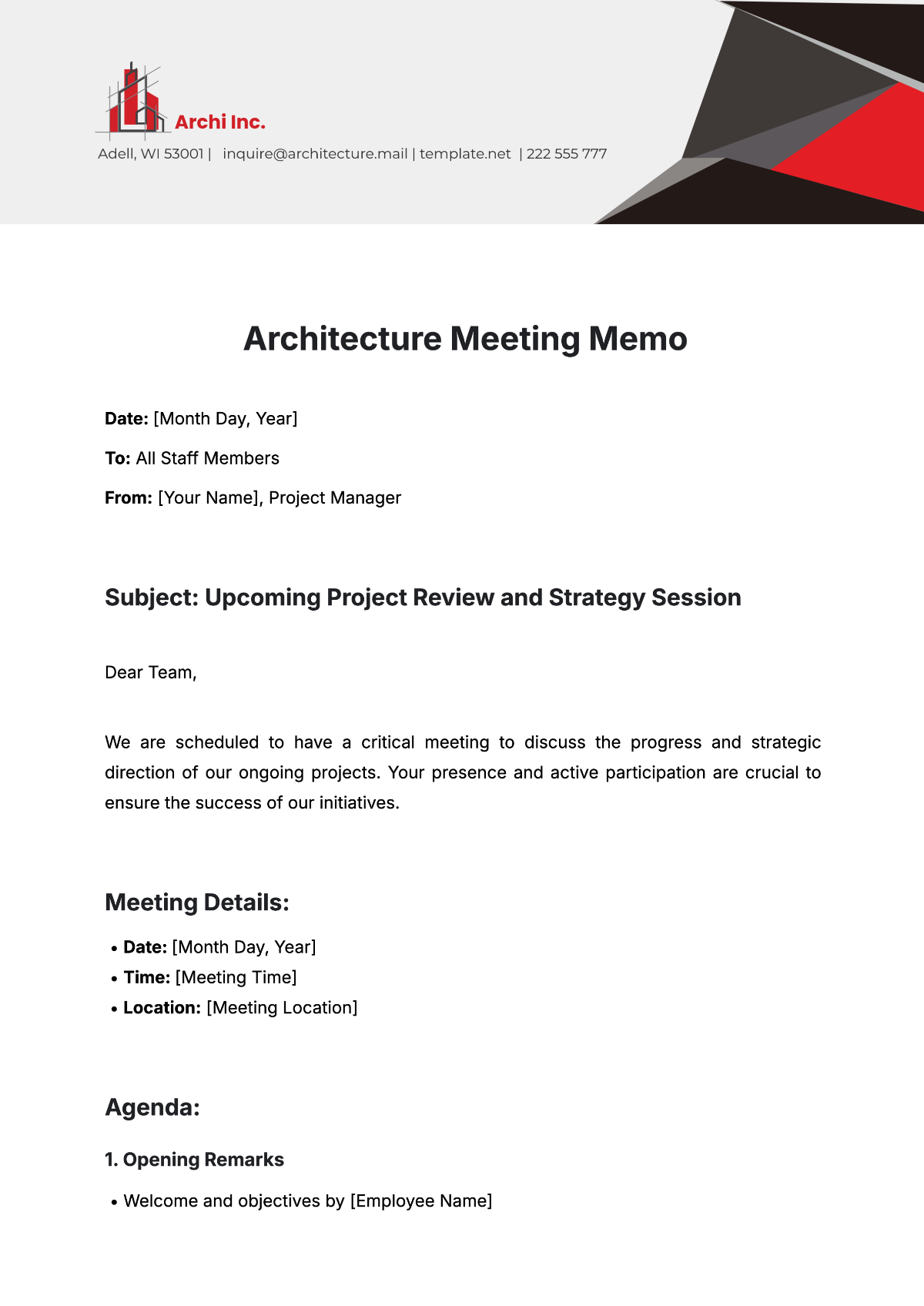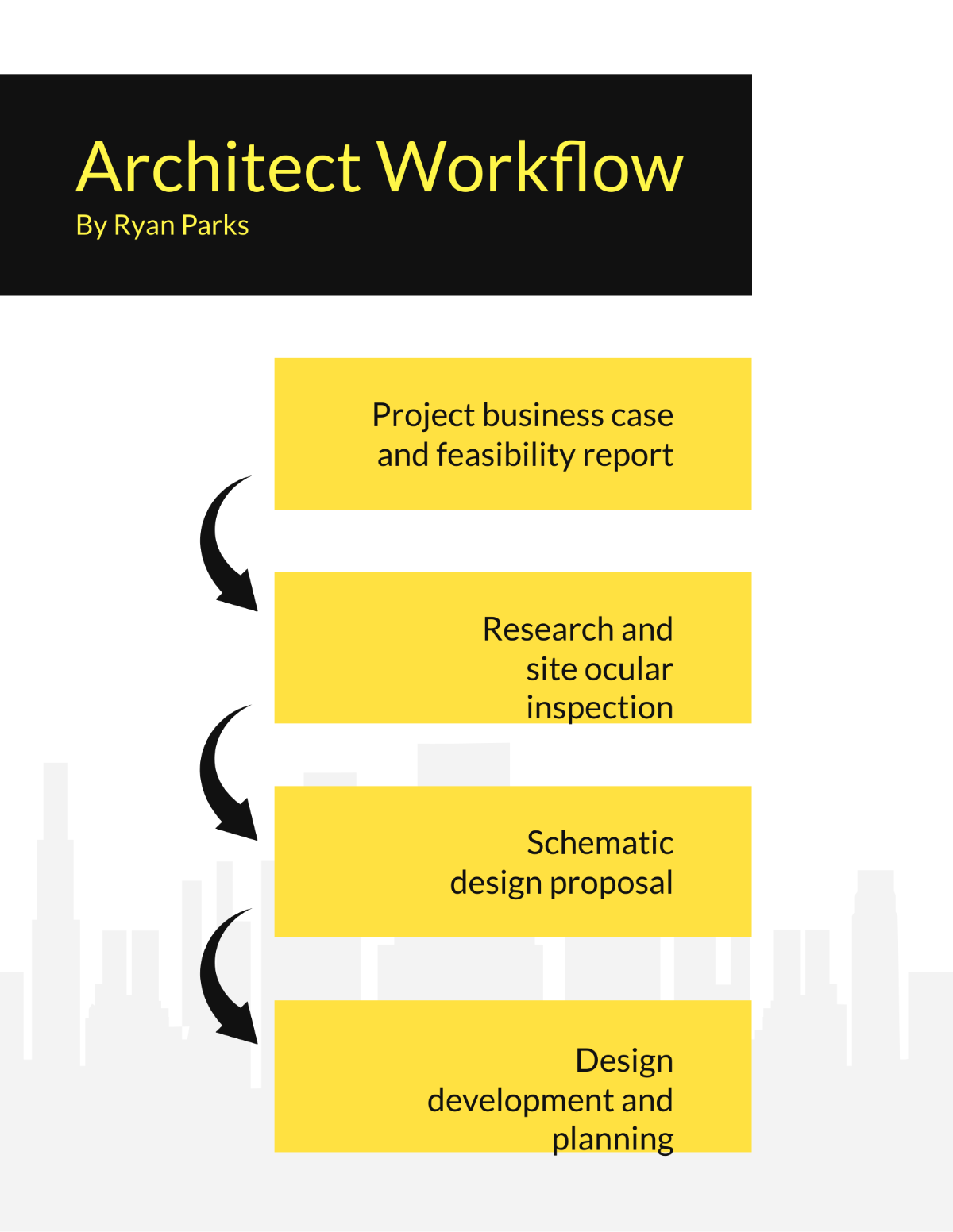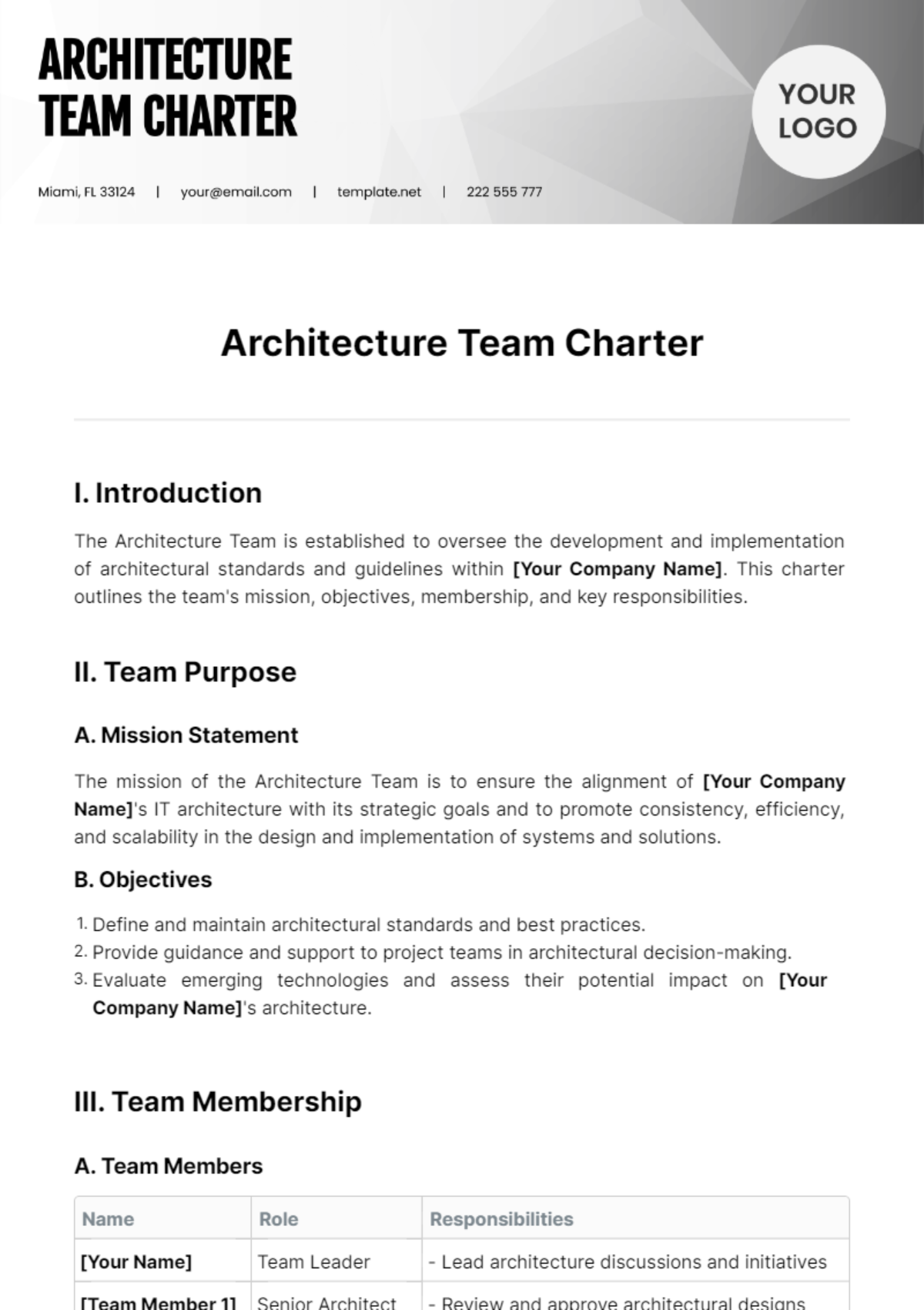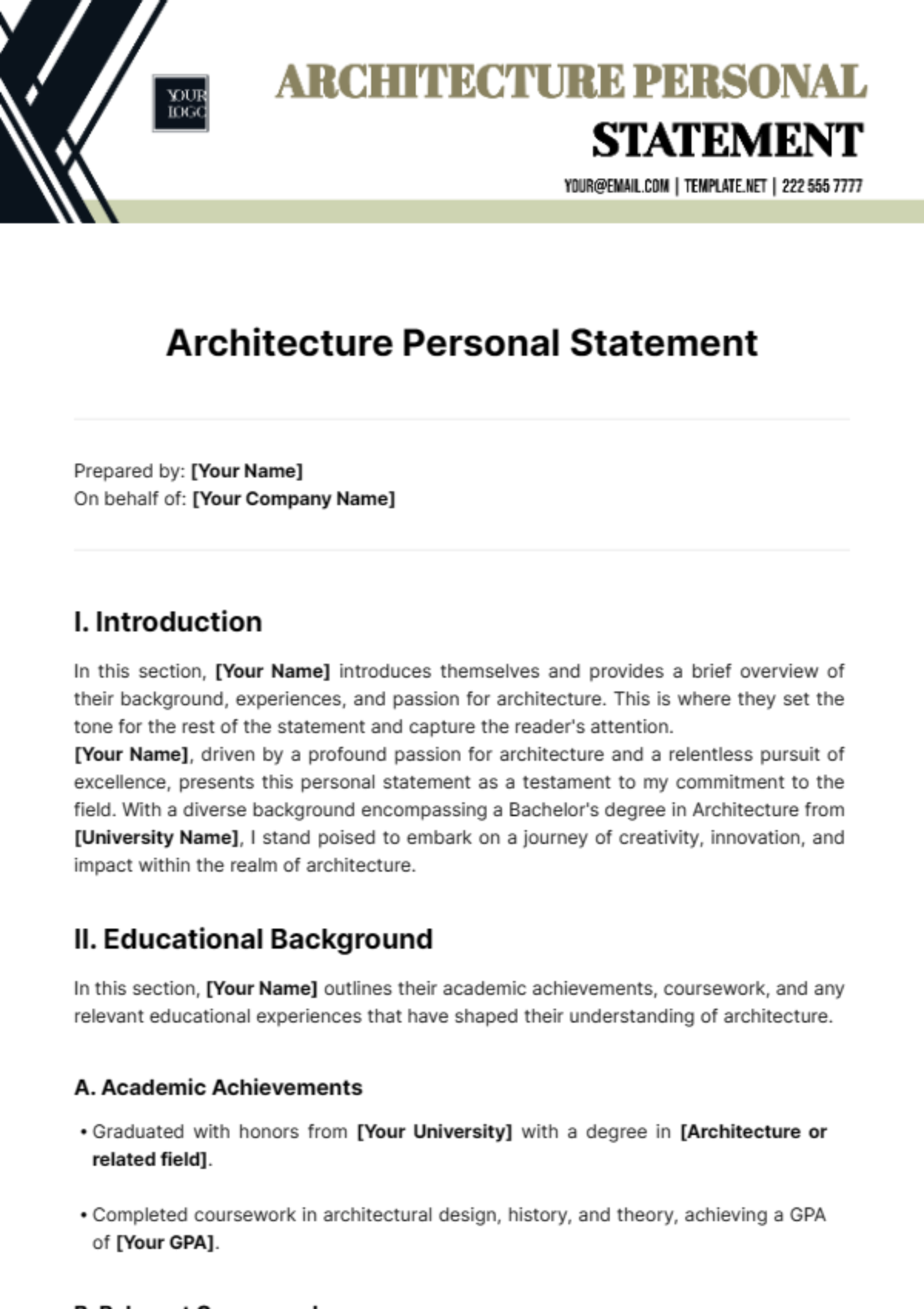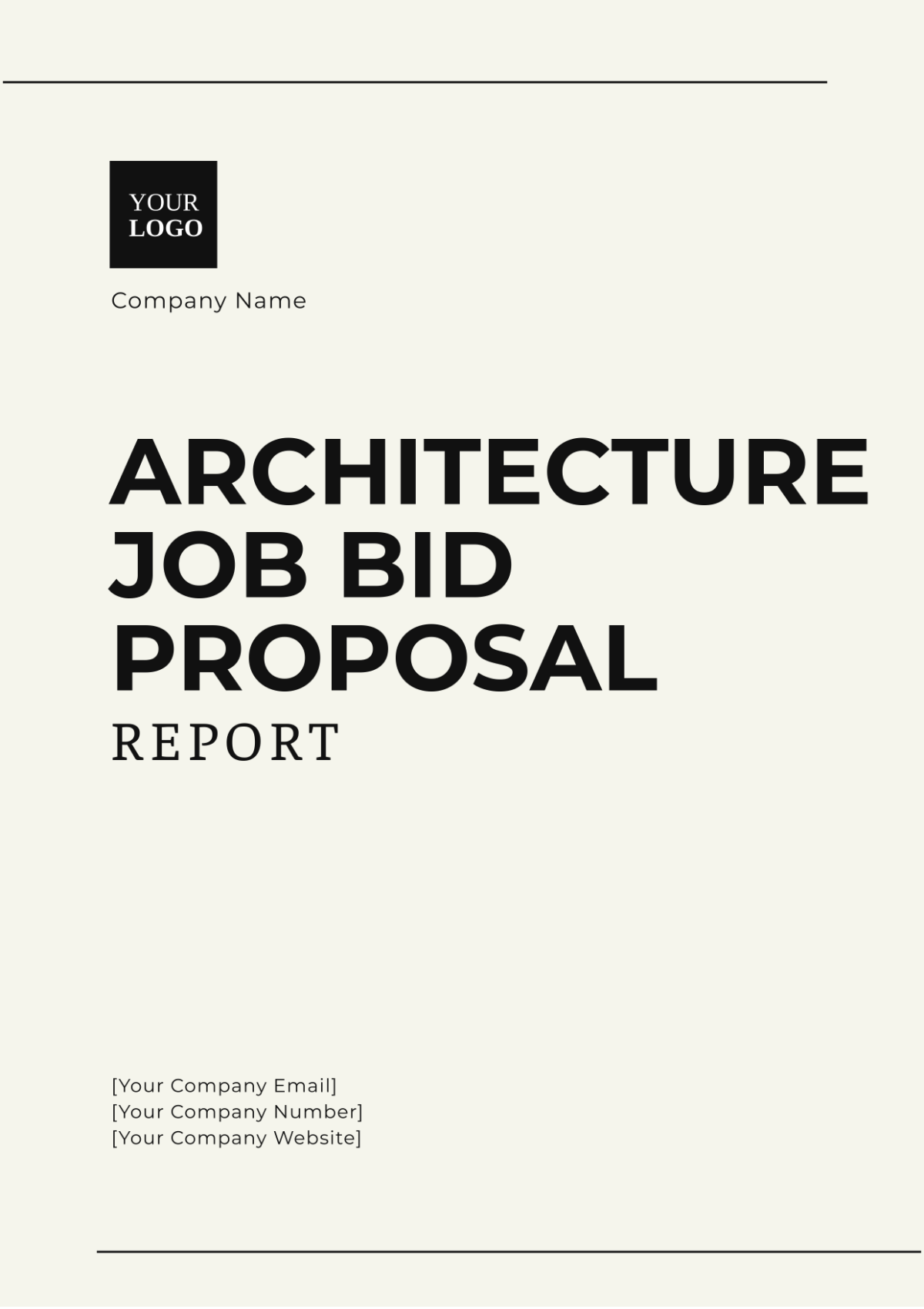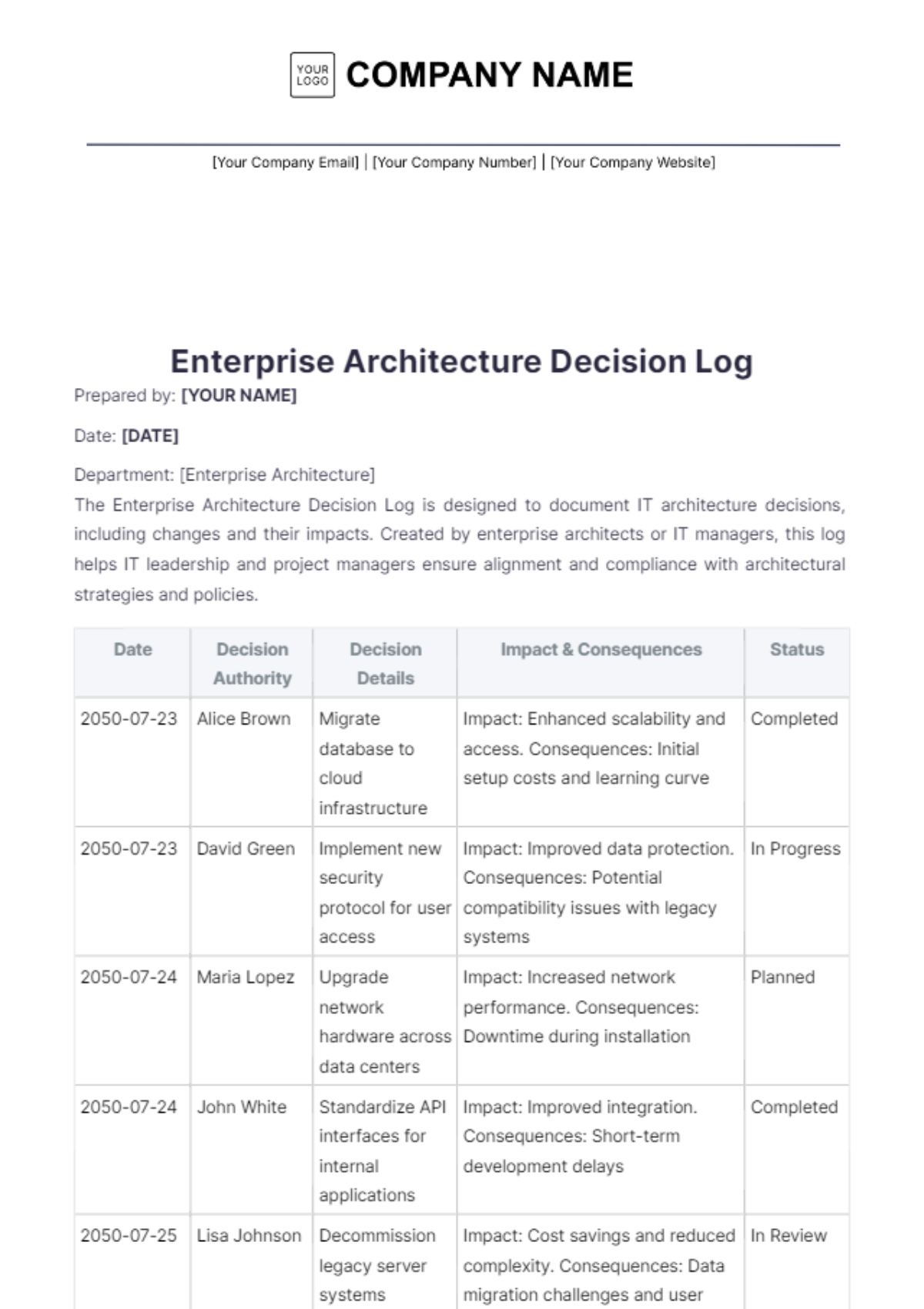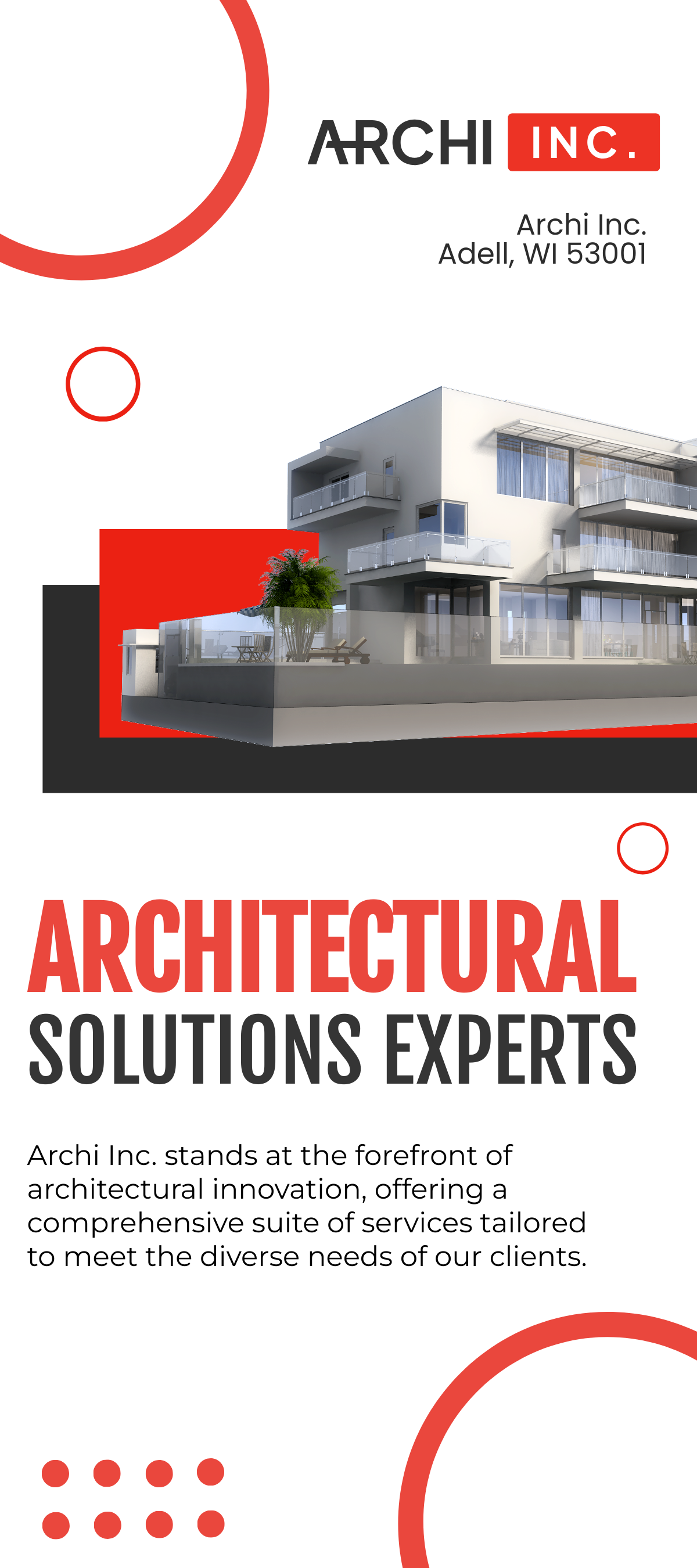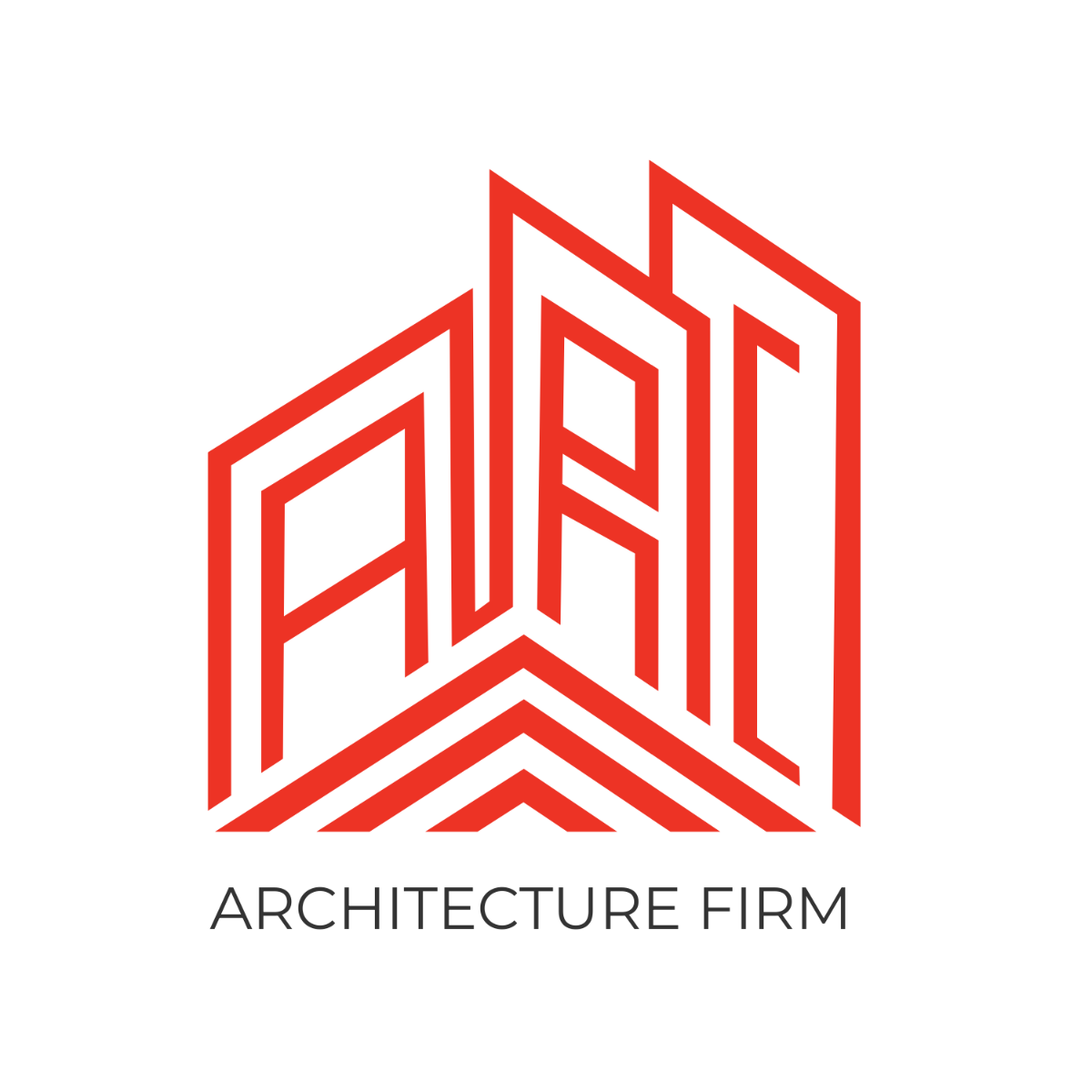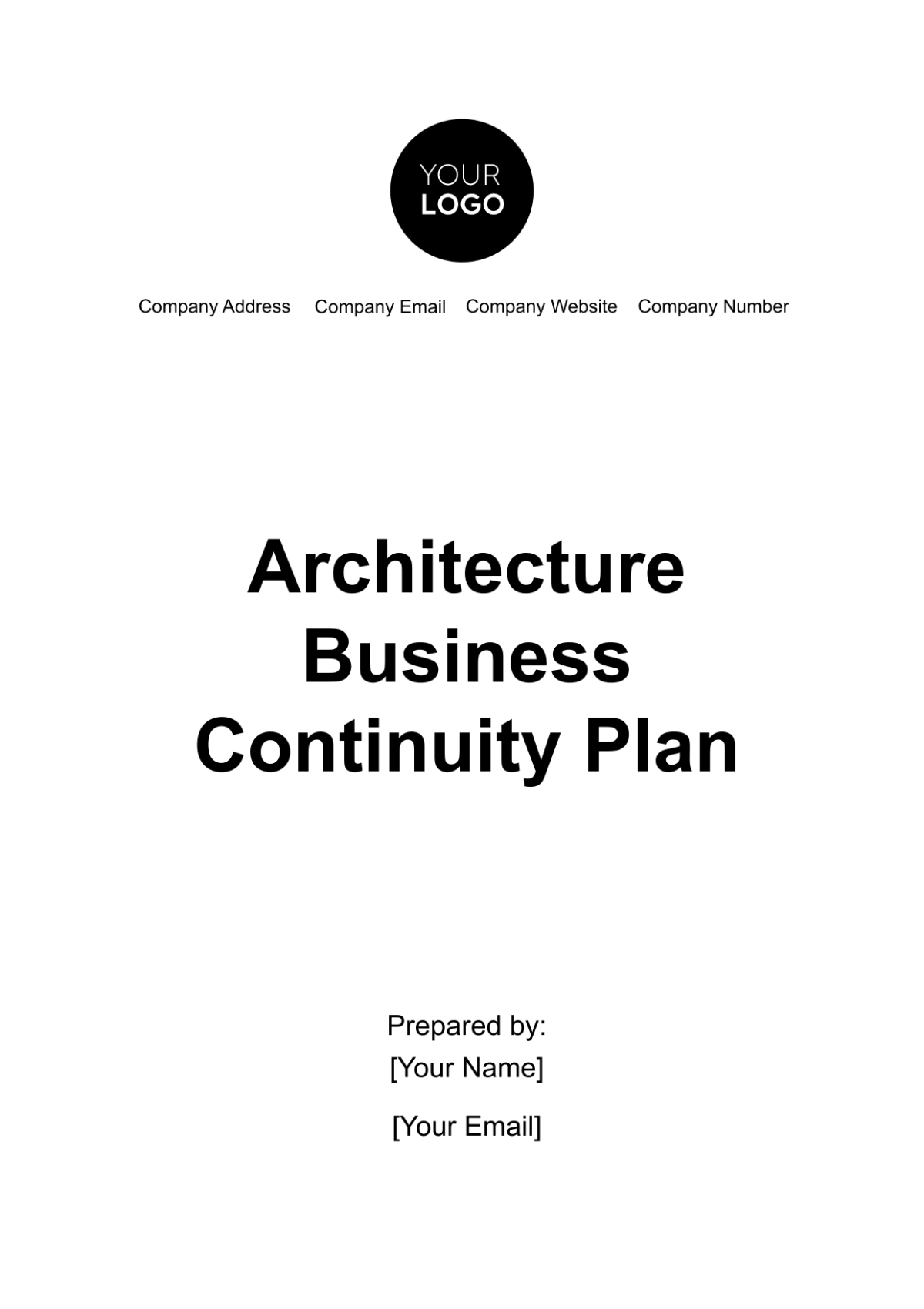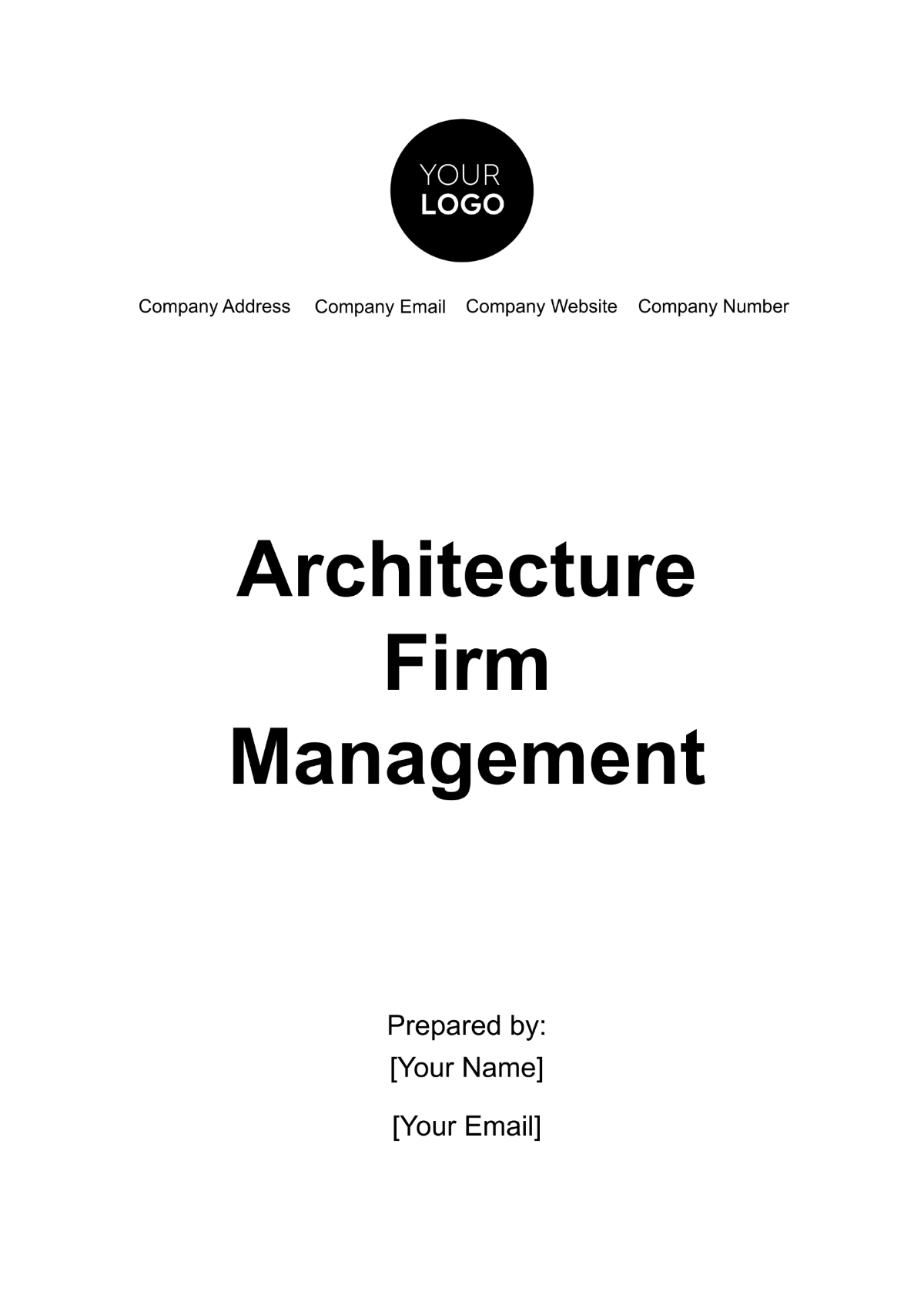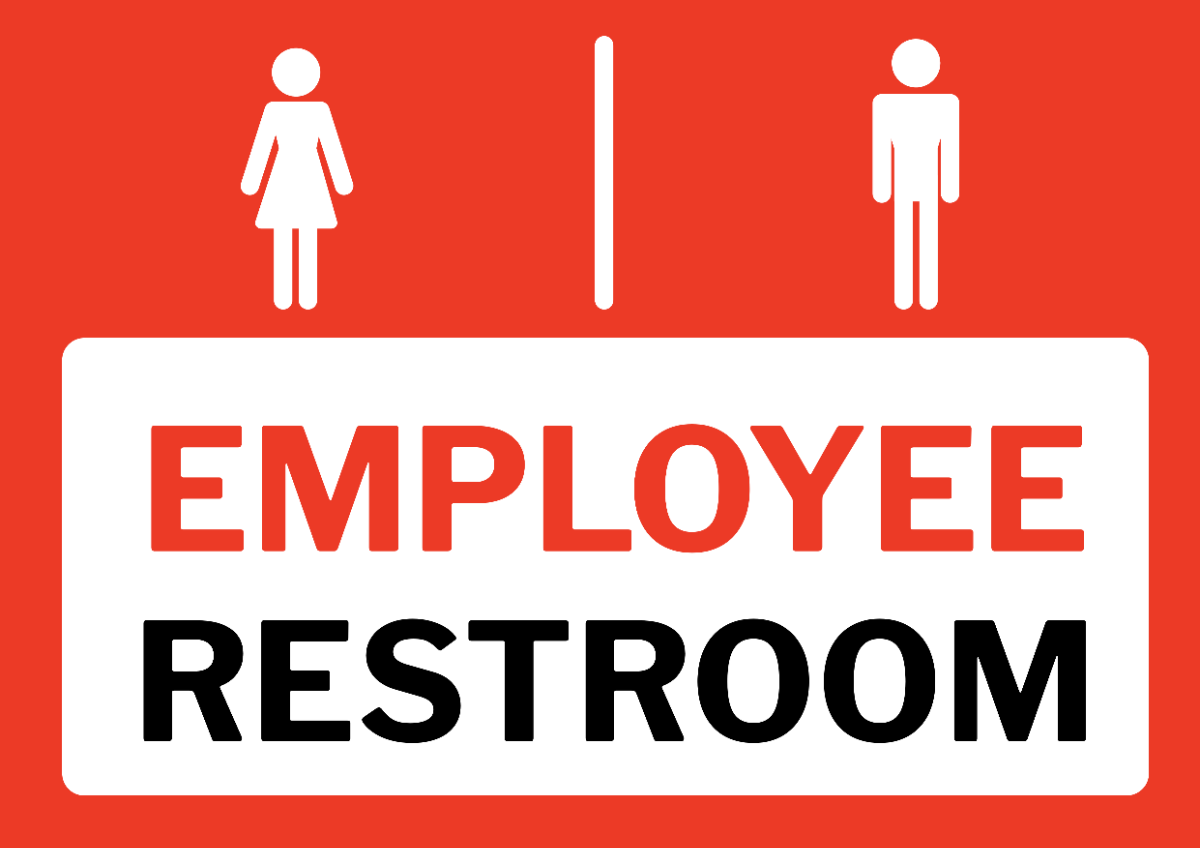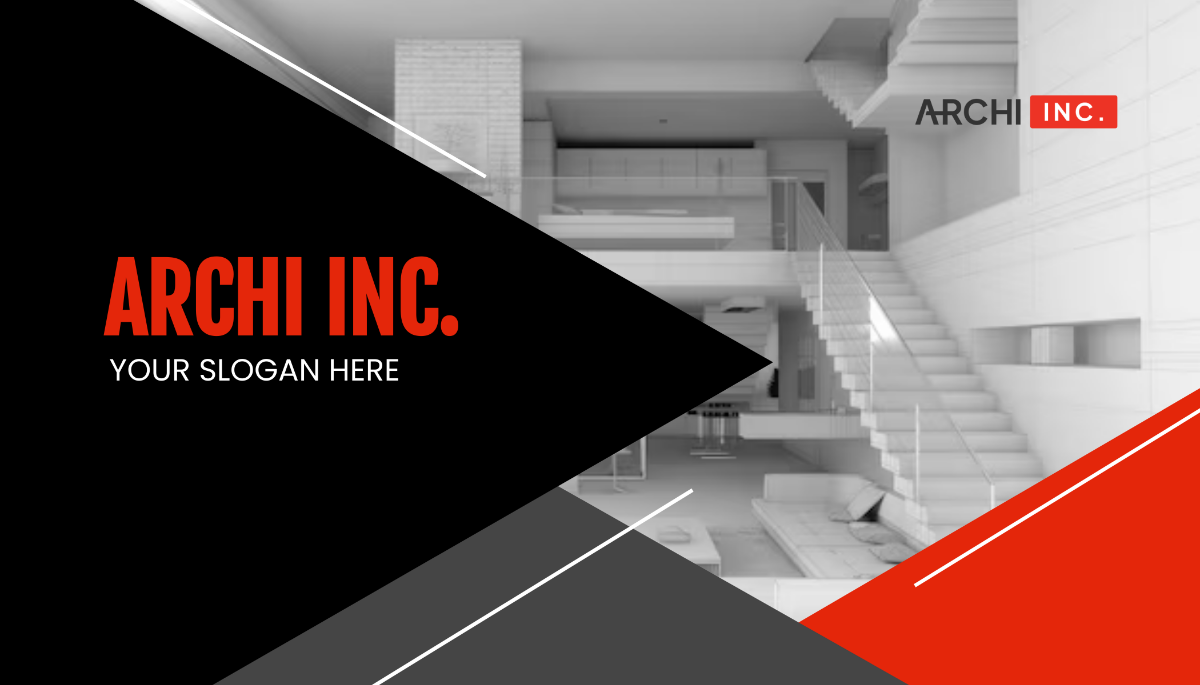Architecture Solution Brief
Prepared by : [YOUR NAME]
Company : [YOUR COMPANY NAME]
Executive Summary
This document outlines an architectural solution to address the problem of scalability and performance in our current system. The proposed solution involves implementing a microservices architecture, leveraging containerization with Docker, orchestration using Kubernetes, and adopting cloud-native technologies. This approach aims to enhance agility, scalability, and resilience while reducing maintenance overhead. Anticipated outcomes include improved system performance, easier deployment, and better resource utilization.
Problem Statement
Our current system faces challenges related to scalability and performance due to its monolithic architecture. As the user base grows, we encounter bottlenecks and resource constraints that hinder the system's ability to handle increased loads efficiently. Additionally, deploying updates and maintaining the system becomes increasingly complex and time-consuming.
Proposed Solution
To address these challenges, we propose transitioning to a microservices architecture. This involves breaking down the existing monolithic application into smaller, loosely coupled services, each responsible for a specific functionality. Containerization with Docker will facilitate the packaging of these services along with their dependencies, ensuring consistency across different environments.
Furthermore, orchestration using Kubernetes will enable automatic scaling, load balancing, and efficient resource allocation. Kubernetes will manage the deployment and scaling of containers, ensuring optimal performance and high availability. Additionally, adopting cloud-native technologies such as serverless computing and managed services will further enhance scalability and reduce operational overhead.
Anticipated Outcomes
By implementing this architectural solution, we anticipate several positive outcomes:
Improved Scalability: The microservices architecture will allow us to scale individual components independently, enabling better handling of increased workloads.
Enhanced Performance: Containerization and orchestration will optimize resource utilization, leading to improved system performance and responsiveness.
Increased Agility: The decoupled nature of microservices will enable faster development cycles and easier deployment of updates, enhancing agility and time-to-market.
Reduced Maintenance Overhead: Automation provided by Kubernetes and cloud-native technologies will streamline operations, reducing the need for manual intervention and lowering maintenance overhead.
Better Resilience: The distributed nature of microservices and the capabilities provided by Kubernetes will enhance system resilience, ensuring continuous availability even in the face of failures.
Overall, this architectural solution will not only address our current challenges but also position us for future growth and innovation.
Problem/Requirement Description
Background of Problem
Our current system architecture, built on a monolithic design, is struggling to meet the demands of our growing user base and evolving business needs. Originally developed to handle moderate traffic and limited functionalities, the monolithic architecture has become a bottleneck as our application has expanded in scope and popularity. The monolithic nature of our system means that all components are tightly coupled, making it challenging to scale individual features independently or deploy updates without causing disruptions.
Furthermore, as our business diversifies and introduces new features, the monolithic architecture imposes limitations on agility and innovation. Development cycles are prolonged, and deploying changes becomes a risky endeavor due to the complex interdependencies within the system. These constraints hinder our ability to adapt swiftly to market demands and introduce new functionalities efficiently.
Objective of Requirement
The primary objective is to modernize our system architecture to address the scalability, agility, and performance challenges posed by our current monolithic setup. By transitioning to a more flexible and modular architecture, we aim to achieve the following objectives:
Scalability: Enable the system to scale horizontally to accommodate increasing user loads and varying workloads without sacrificing performance.
Agility: Streamline development processes and deployment workflows to facilitate faster iteration cycles and quicker time-to-market for new features and updates.
Performance: Improve system performance and responsiveness by optimizing resource utilization and minimizing downtime during deployments and updates.
Innovation: Create a foundation that fosters innovation by decoupling components, allowing for independent development and experimentation with new technologies and functionalities.
Implications of the Problem/Requirement
Failure to address these challenges and modernize our system architecture can have significant implications for our business:
Reduced Competitiveness: The inability to respond promptly to market demands and introduce new features may result in loss of competitive edge and customer dissatisfaction.
Increased Operational Costs: The inefficiencies inherent in the monolithic architecture may lead to higher operational costs due to the over-provisioning of resources and increased maintenance efforts.
System Downtime and Outages: The complexity of deploying updates in a monolithic environment increases the risk of system downtime and service disruptions, leading to negative impacts on user experience and reputation.
Limited Scalability: As user demands grow, the monolithic architecture may struggle to scale effectively, resulting in degraded performance and potential service outages during peak usage periods.
Addressing these implications requires a strategic overhaul of our system architecture to embrace modern paradigms such as microservices, containerization, and cloud-native technologies. This architectural transformation will enable us to adapt to changing business requirements, scale with confidence, and foster a culture of innovation within our organization.
Proposed Architectural Solution
Description of Solution
The proposed architectural solution involves transitioning from a monolithic architecture to a microservices-based architecture, leveraging containerization with Docker, orchestration using Kubernetes, and adopting cloud-native technologies. This approach aims to enhance scalability, agility, and performance while reducing operational complexity.
Key Features of the Architecture
Microservices Architecture: Decompose the existing monolithic application into smaller, loosely coupled services, each responsible for a specific functionality. This approach promotes modularity, flexibility, and independent scalability of components.
Containerization with Docker: Package each microservice and its dependencies into lightweight, portable containers using Docker. Containerization ensures consistency across development, testing, and production environments, simplifying deployment and management.
Orchestration with Kubernetes: Utilize Kubernetes for container orchestration, automating deployment, scaling, and management of microservices across clusters of hosts. Kubernetes provides built-in features for load balancing, service discovery, and self-healing, ensuring high availability and efficient resource utilization.
Cloud-Native Technologies: Embrace cloud-native technologies such as serverless computing, managed databases, and storage services. Leveraging cloud-native solutions enhances scalability, resilience, and cost-effectiveness, allowing for seamless integration with cloud platforms like AWS, Google Cloud, or Azure.
Prospective Implementation Plan
Assessment and Planning: Conduct a thorough assessment of the current system architecture, identifying components suitable for migration to microservices. Develop a detailed implementation plan outlining timelines, resource requirements, and milestones.
Service Decomposition: Identify cohesive business domains and break down the monolithic application into smaller, more manageable microservices. Define clear boundaries and interfaces between services to minimize dependencies and enable independent development and deployment.
Containerization and Dockerization: Containerize each microservice using Docker, ensuring that all dependencies are packaged within the container image. Develop Dockerfiles and Docker Compose configurations for local development and testing.
Kubernetes Deployment: Set up Kubernetes clusters on-premises or in a cloud environment, configuring nodes, networking, and storage resources. Deploy microservices to Kubernetes clusters using Helm charts or Kubernetes manifests, leveraging features such as deployments, services, and ingress controllers.
Continuous Integration and Deployment (CI/CD): Implement CI/CD pipelines to automate the build, test, and deployment processes for microservices. Integrate version control, automated testing, and deployment tools to enable seamless delivery of updates and new features.
Monitoring and Observability: Implement monitoring and logging solutions to track the performance, availability, and health of microservices. Utilize tools like Prometheus, Grafana, and ELK stack to monitor resource usage, detect anomalies, and troubleshoot issues proactively.
Training and Knowledge Transfer: Provide training and guidance to development and operations teams on best practices for designing, building, and operating microservices-based applications. Foster a culture of collaboration and continuous improvement to ensure the success of the architectural transformation.
By following this comprehensive implementation plan, we can effectively transition to a modern, scalable, and resilient architecture that meets the evolving needs of our business and stakeholders.
Solution Evaluation
Efficiency Evaluation
Performance Testing: Conduct performance testing to evaluate the efficiency of the proposed architecture in terms of response times, throughput, and resource utilization. Compare performance metrics before and after migration to assess improvements in scalability and system responsiveness.
Resource Utilization: Monitor resource utilization (CPU, memory, storage) of microservices running on Kubernetes clusters to ensure efficient allocation and utilization of resources. Optimize container resource limits and requests based on workload characteristics to minimize resource wastage.
Scalability Testing: Perform scalability testing to validate the ability of the architecture to handle increasing workloads and scale out/in dynamically. Evaluate the auto-scaling capabilities of Kubernetes and the resilience of microservices under high-load conditions.
Effectiveness Evaluation
Functional Testing: Conduct comprehensive functional testing to ensure that all features and functionalities of the application are working correctly after migration to the microservices architecture. Verify the behavior of individual microservices and their interactions to ensure seamless integration.
Availability and Reliability: Measure the availability and reliability of the system by analyzing uptime, downtime, and mean time to recovery (MTTR). Evaluate the effectiveness of Kubernetes in maintaining service availability and minimizing disruptions due to failures or updates.
User Experience: Gather feedback from users to assess the impact of the architectural changes on the overall user experience. Monitor key user experience metrics such as page load times, error rates, and user satisfaction scores to identify any degradation or improvements.
Feasibility Evaluation
Cost Analysis: Conduct a cost analysis to evaluate the financial feasibility of implementing the proposed architecture. Consider factors such as infrastructure costs, licensing fees, training expenses, and potential cost savings from improved resource utilization and operational efficiency.
Regulatory Compliance: Ensure compliance with regulatory requirements and industry standards relevant to the application and data being processed. Evaluate the impact of the architectural changes on compliance obligations and implement necessary controls and safeguards to mitigate risks.
Skills and Resources: Assess the availability of skills and resources required for implementing and maintaining the proposed architecture. Identify any gaps in knowledge or expertise within the organization and develop a plan for training and upskilling existing staff or hiring new talent as needed.
By conducting thorough evaluations across efficiency, effectiveness, and feasibility domains, we can validate the viability of the proposed architectural solution and ensure its successful implementation to address the defined problem and meet the requirements of the organization.
Costs & Budget Estimation
This section entails a comprehensive cost and budget estimation for the proposed architectural solution. The costs included are material, labor costs, operational costs, and other miscellaneous costs.
Cost Type | Description | Estimated Cost |
|---|---|---|
Material Cost |
| $XXXX |
Labor Cost |
| $XXXX |
Operational Cost |
| $XXXX |
It's important to note that the estimated costs may vary depending on factors such as the scale of the implementation, complexity of the existing infrastructure, geographical location, and specific requirements of the organization. Regular monitoring and optimization of costs will be essential to ensure efficient budget utilization throughout the implementation and operation of the proposed architectural solution.
Conclusions and Recommendations
Summary of Solution's Benefits
The proposed architectural solution presents a strategic approach to address the scalability, agility, and performance challenges posed by our current monolithic system architecture. By transitioning to a microservices-based architecture, leveraging containerization with Docker, orchestration using Kubernetes, and adopting cloud-native technologies, we anticipate several benefits:
Enhanced Scalability: The microservices architecture allows for independent scaling of components, enabling us to handle increasing workloads and fluctuations in demand more effectively.
Improved Agility: Decoupling components and automating deployment processes with Kubernetes and CI/CD pipelines will streamline development cycles and facilitate quicker time-to-market for new features and updates.
Better Performance: Containerization and orchestration will optimize resource utilization, resulting in improved system performance, responsiveness, and reliability.
Increased Innovation: The modular architecture fosters innovation by enabling independent development and experimentation with new technologies and functionalities, promoting a culture of continuous improvement.
Potential Risks and Mitigation
Despite the anticipated benefits, the implementation of the proposed architectural solution may pose certain risks:
Complexity: Transitioning to a microservices architecture and adopting new technologies introduces complexity and may require significant changes to existing processes and workflows. Mitigation: Thorough planning, training, and gradual adoption can help mitigate complexity and ensure a smooth transition.
Operational Overhead: Managing a distributed system with multiple microservices and containers may increase operational overhead, requiring additional skills and resources. Mitigation: Investing in automation, monitoring, and DevOps practices can help streamline operations and reduce manual effort.
Integration Challenges: Integrating and coordinating interactions between microservices and existing systems may present challenges, leading to compatibility issues and communication overhead. Mitigation: Implementing robust API gateways, service meshes, and standardized communication protocols can facilitate seamless integration and interoperability.
Recommendations
To maximize the success of the architectural transformation and realize its full potential, we recommend the following:
Prioritize Incremental Adoption: Start with a pilot project or less critical services to gain experience and validate the effectiveness of the proposed architecture before scaling across the entire system.
Invest in Training and Knowledge Transfer: Provide comprehensive training and support to development and operations teams to ensure they have the necessary skills and expertise to work with the new technologies and methodologies.
Embrace a Culture of Continuous Improvement: Foster a culture of experimentation, collaboration, and continuous improvement to drive innovation and adapt to evolving business needs effectively.
Monitor and Iterate: Continuously monitor key performance metrics, gather feedback from users, and iterate on the architecture based on insights and lessons learned to ensure ongoing optimization and success.
By following these recommendations and addressing potential risks proactively, we can maximize the benefits of the proposed architectural solution and position our organization for long-term success and growth.
